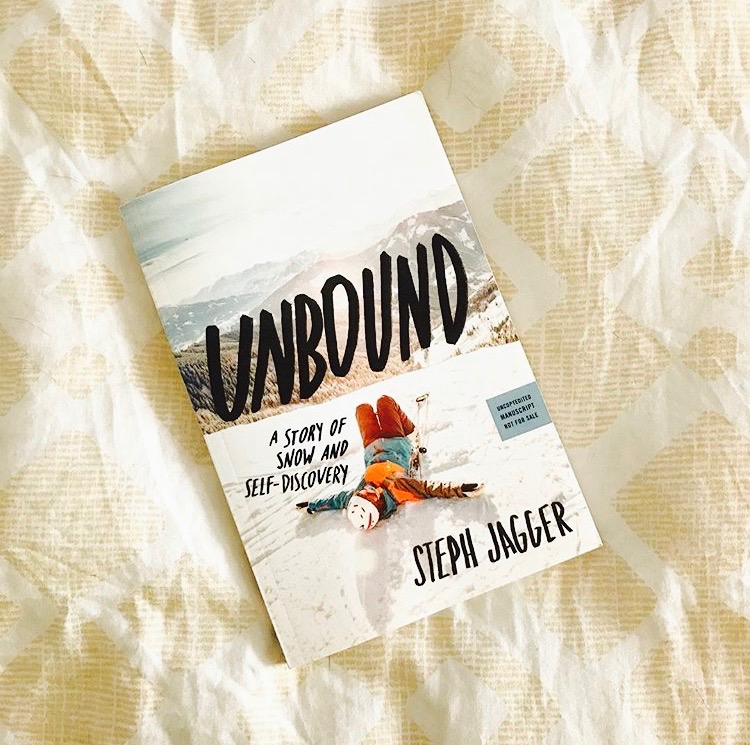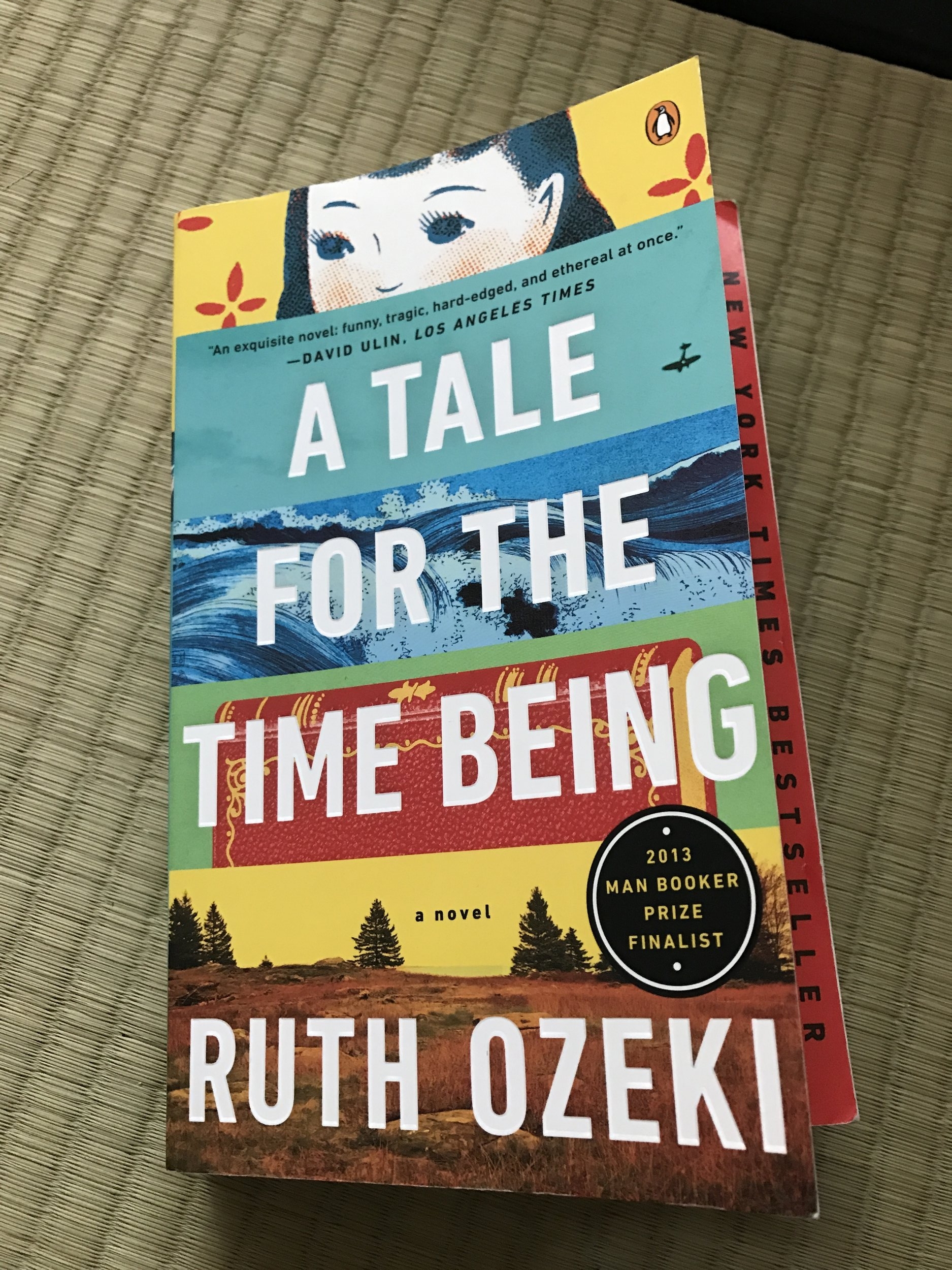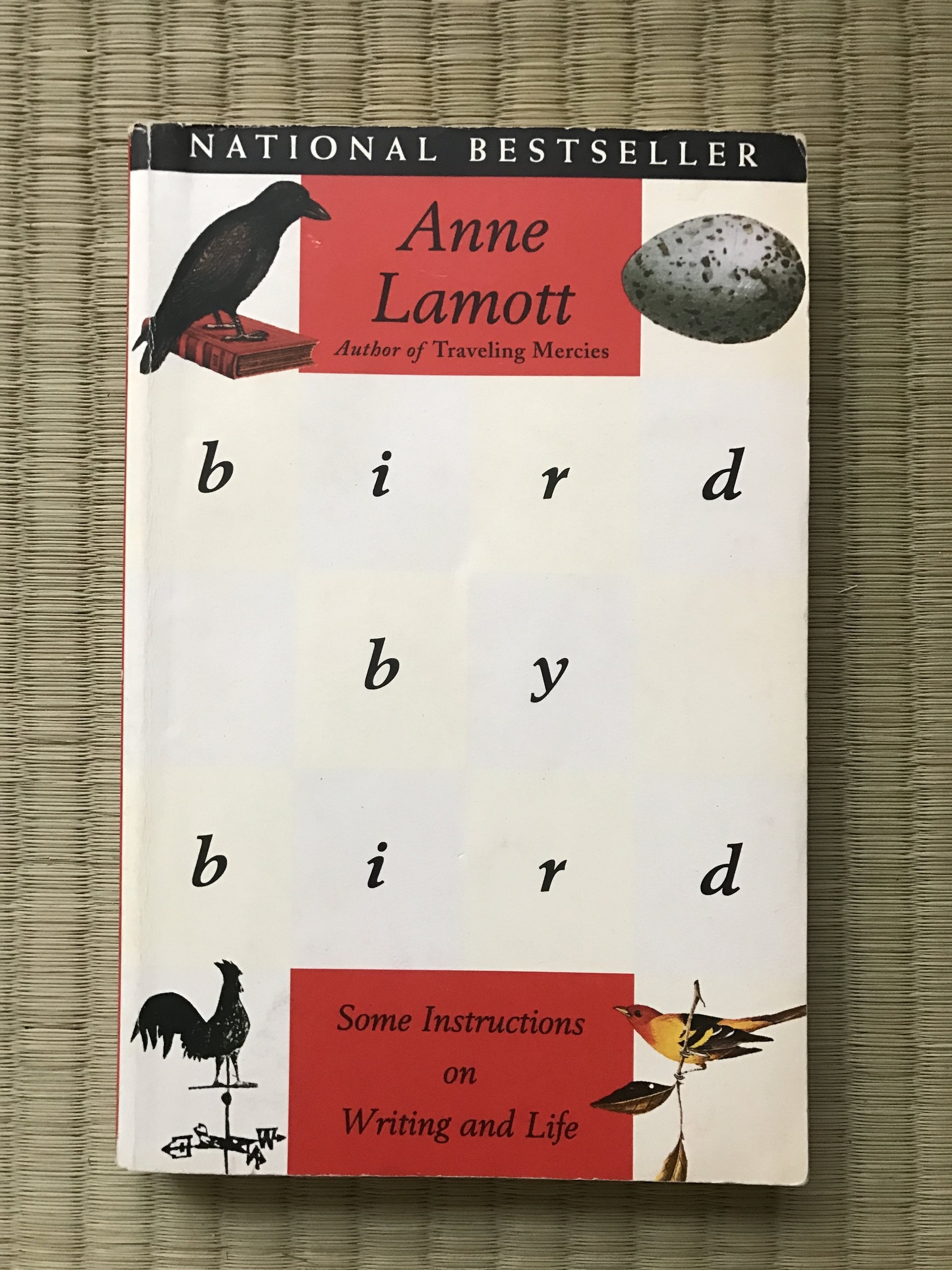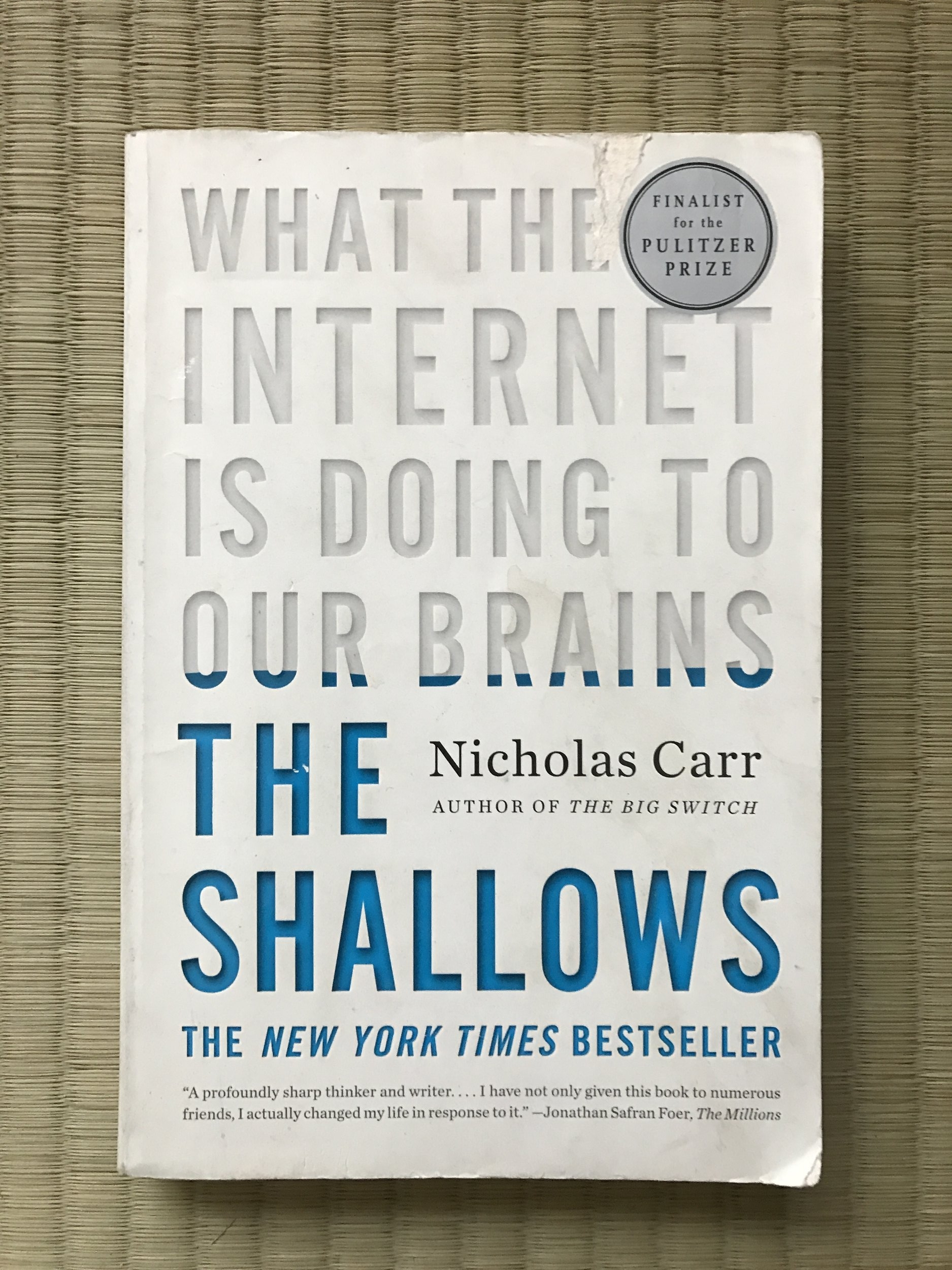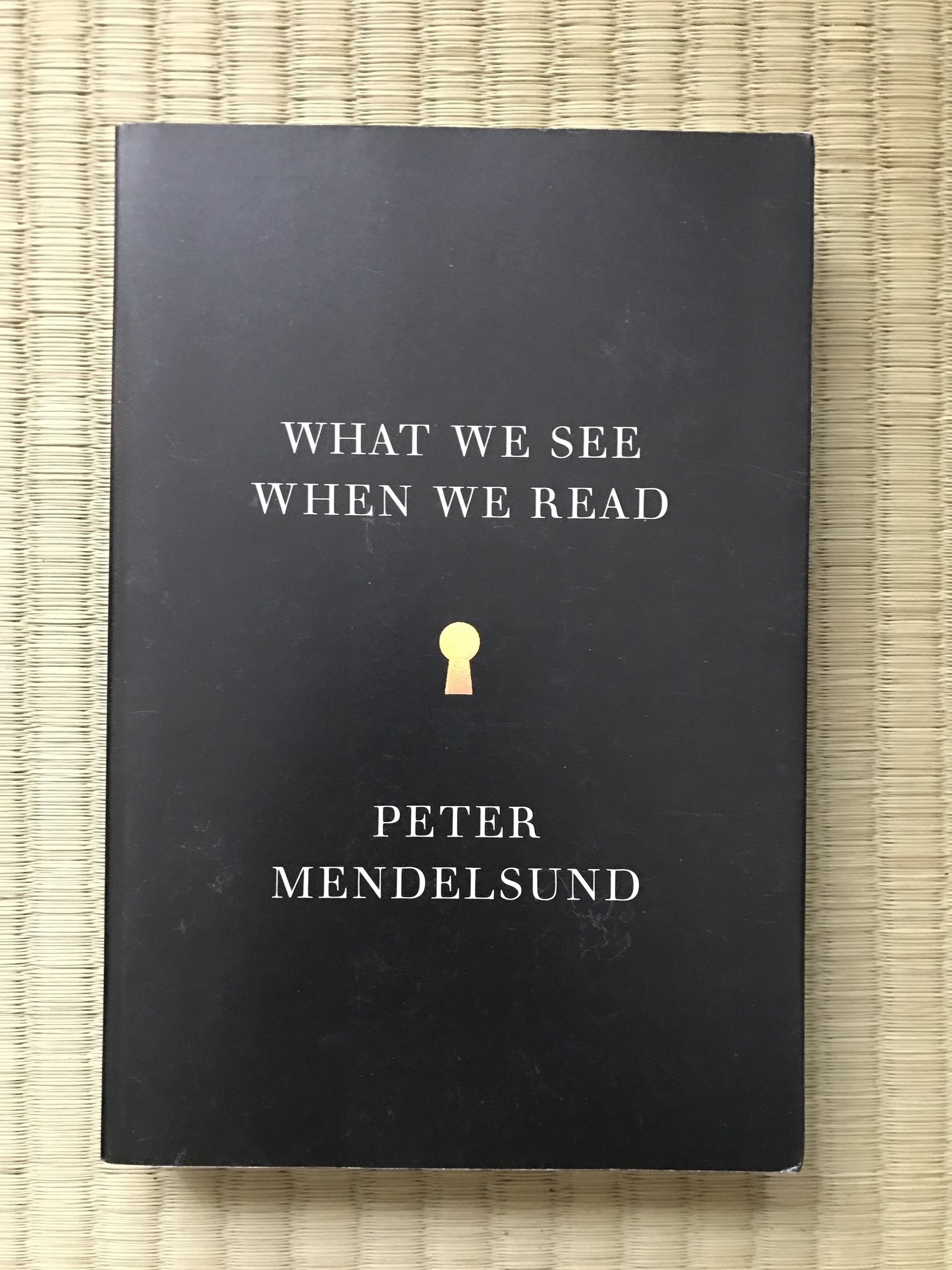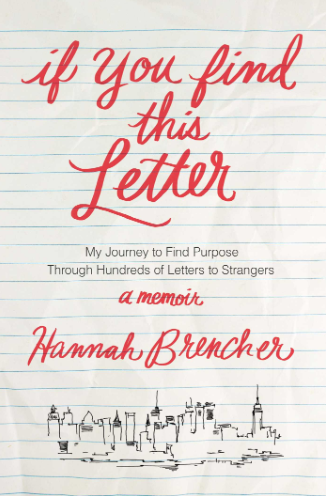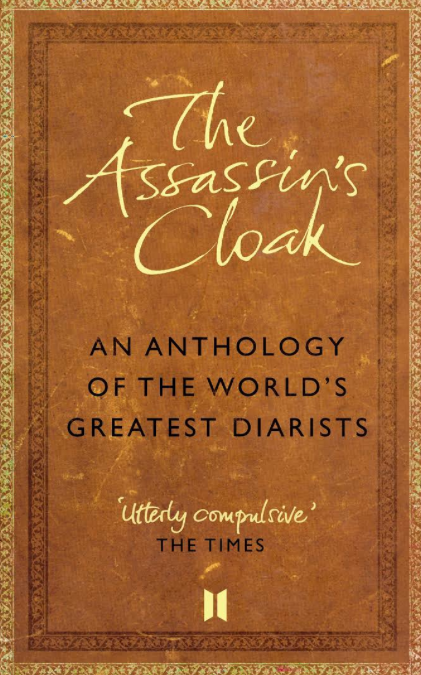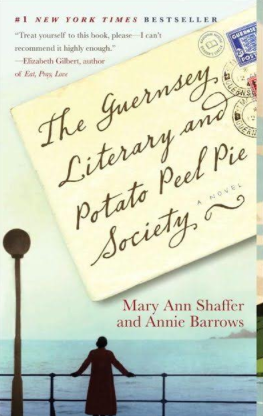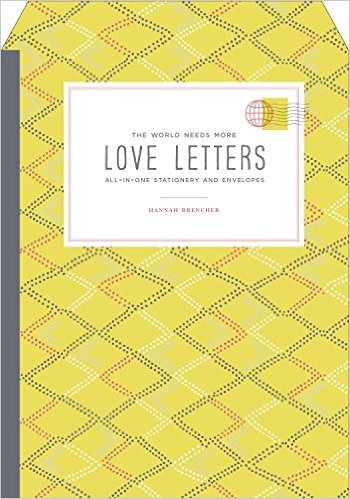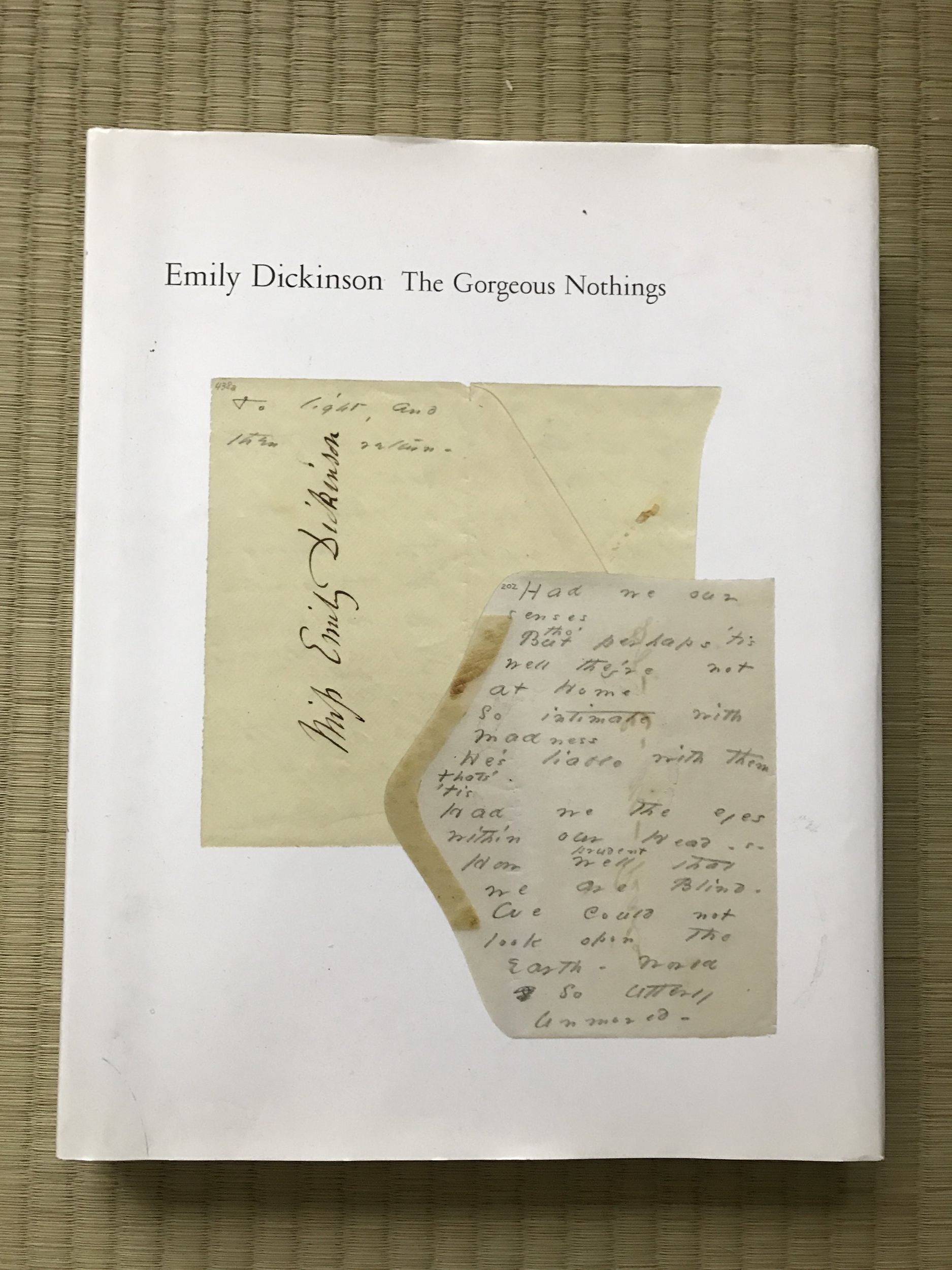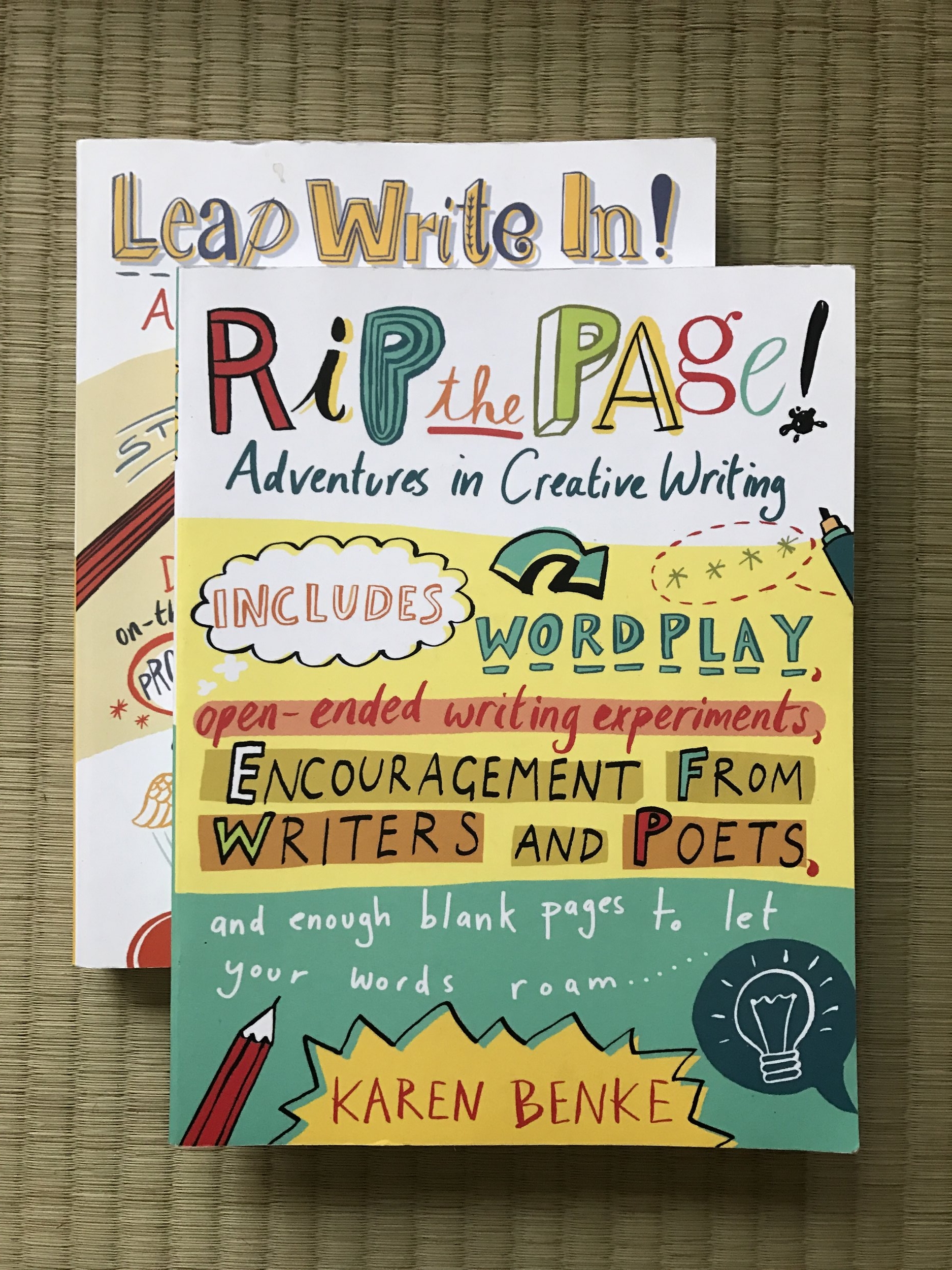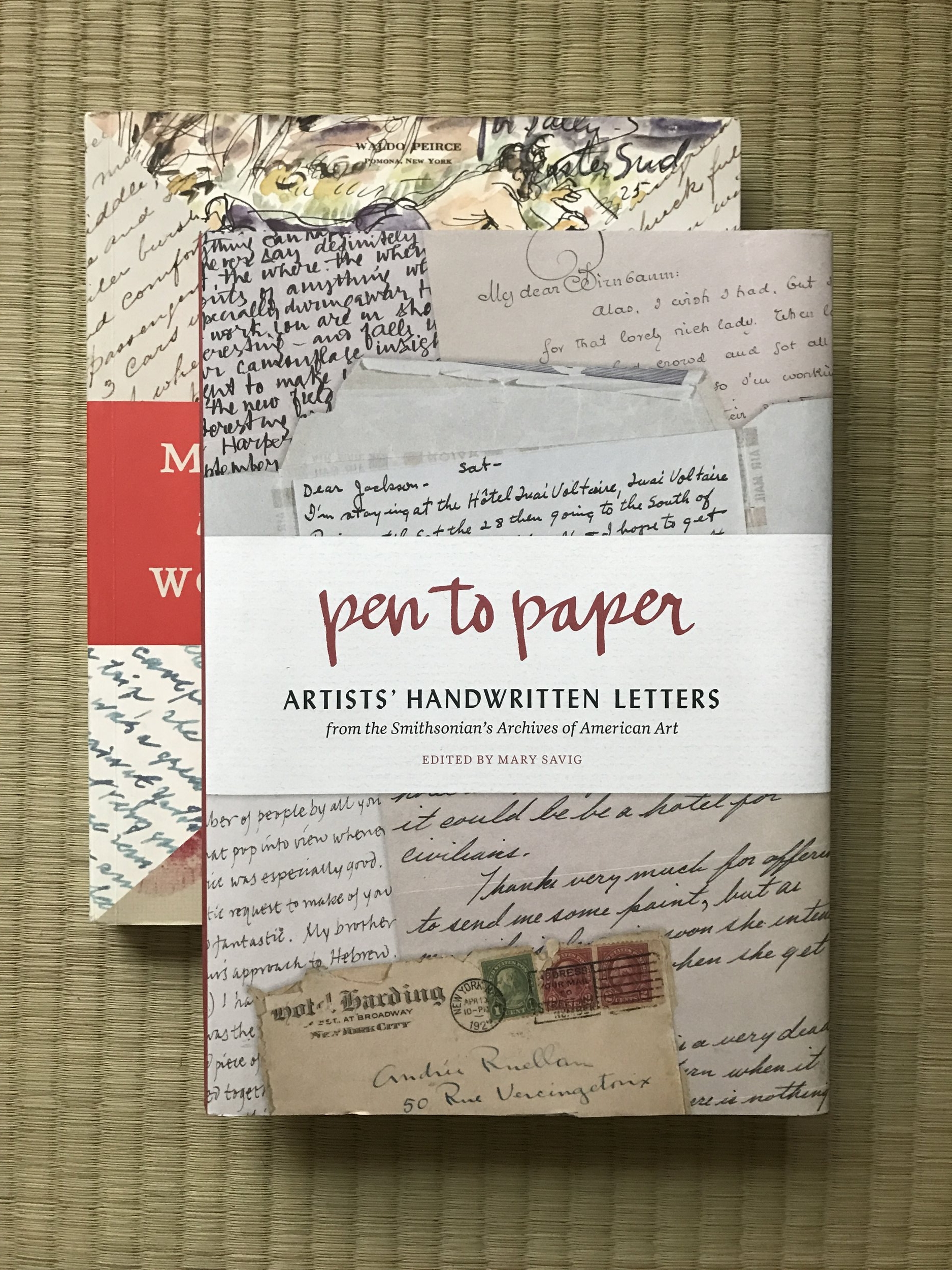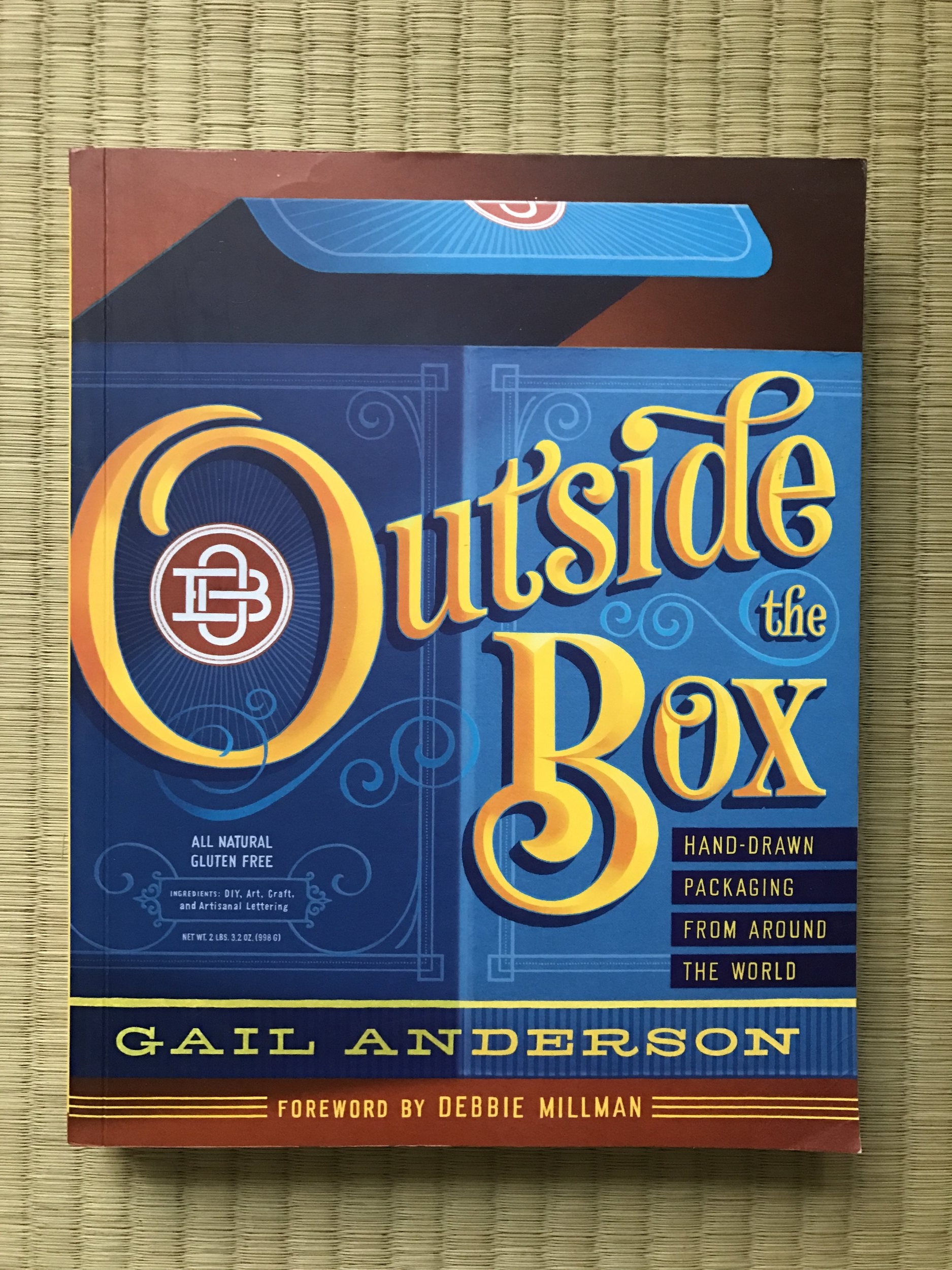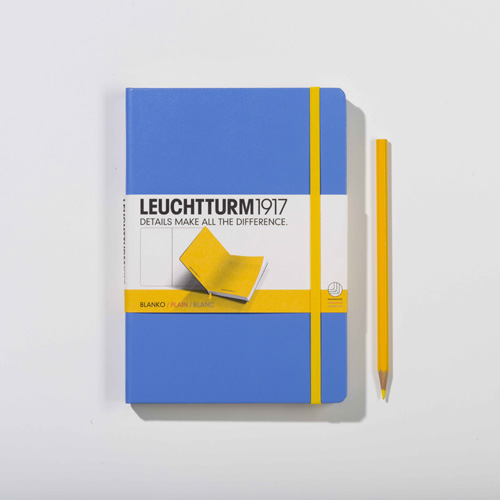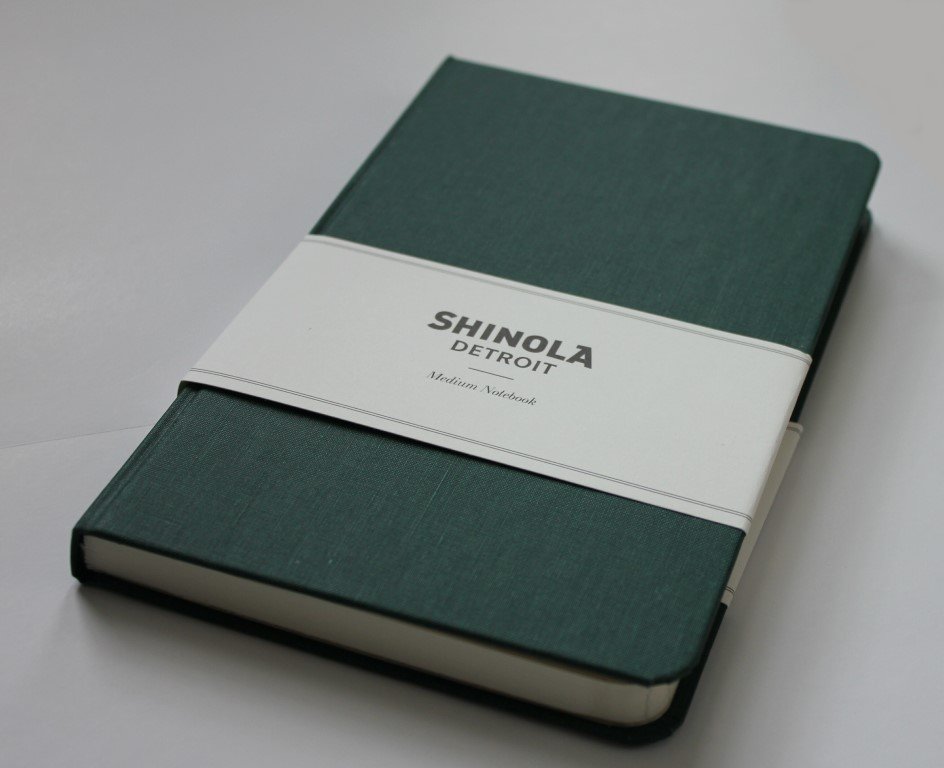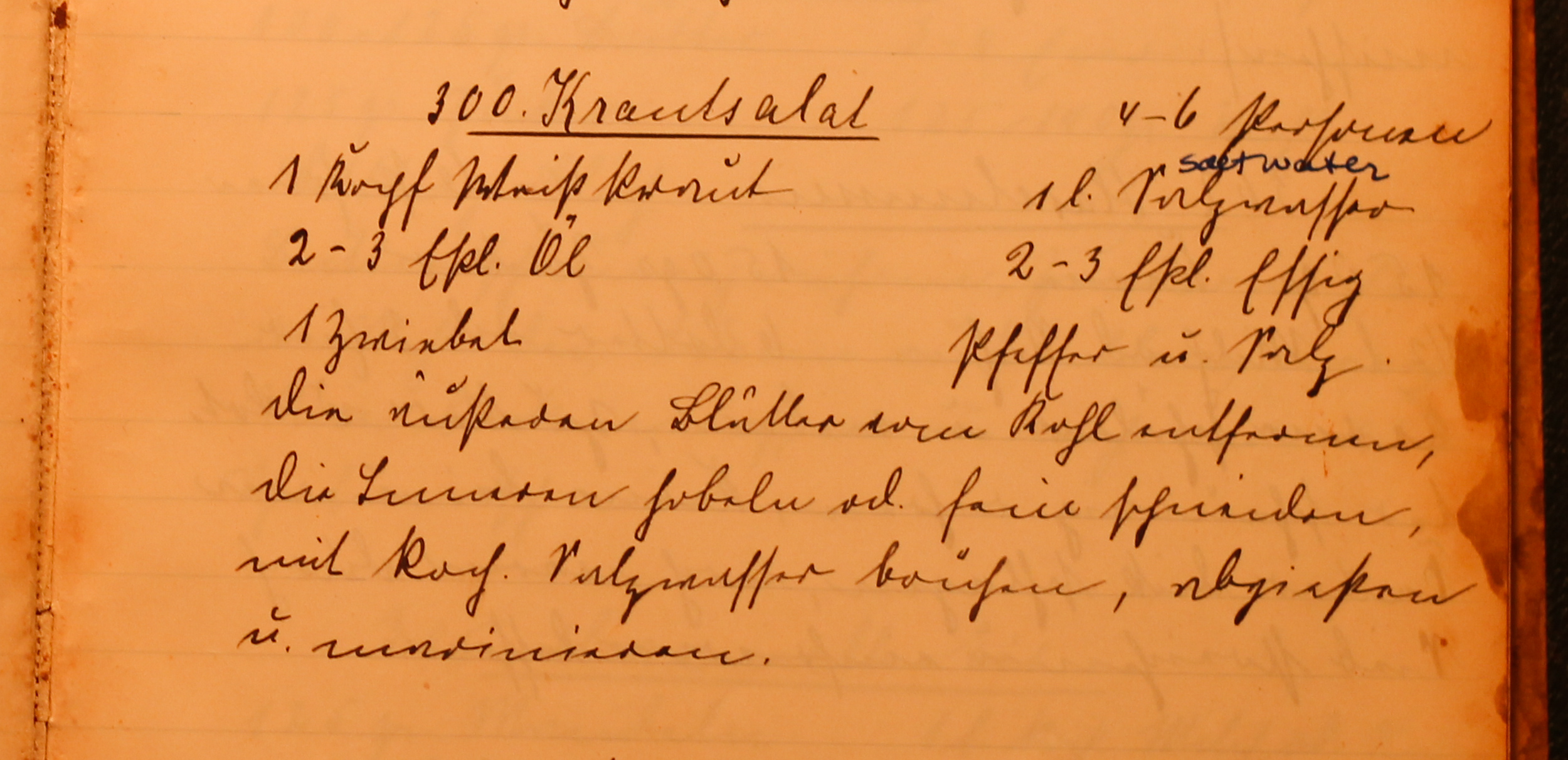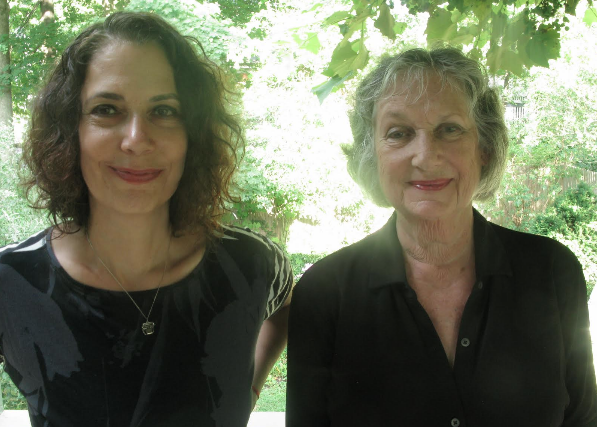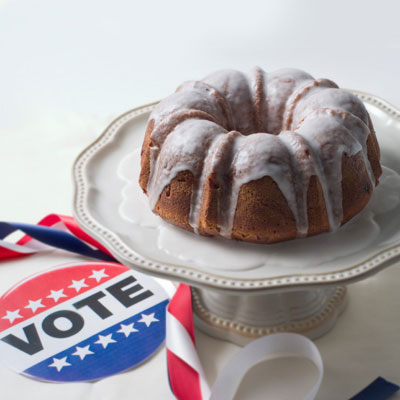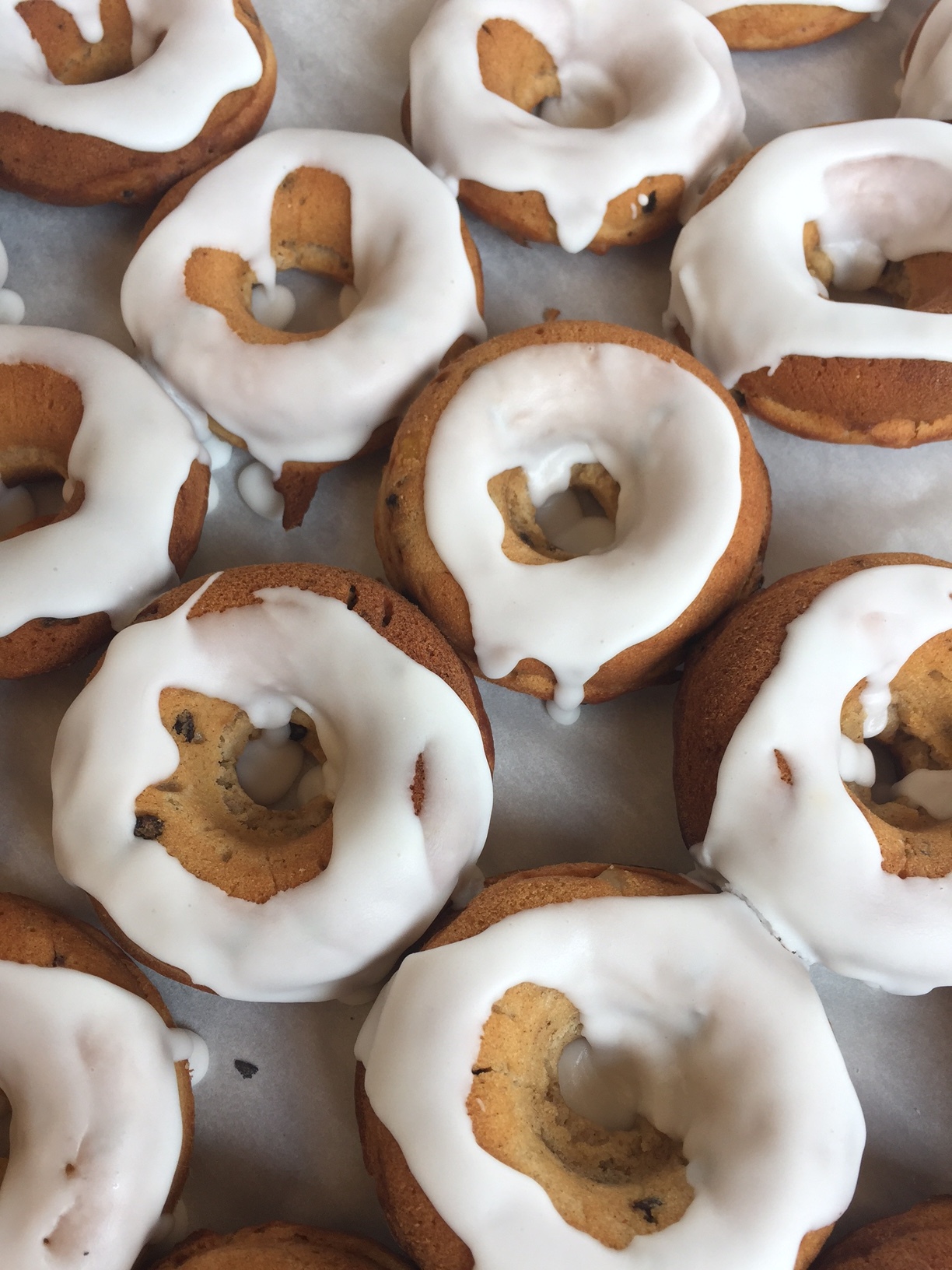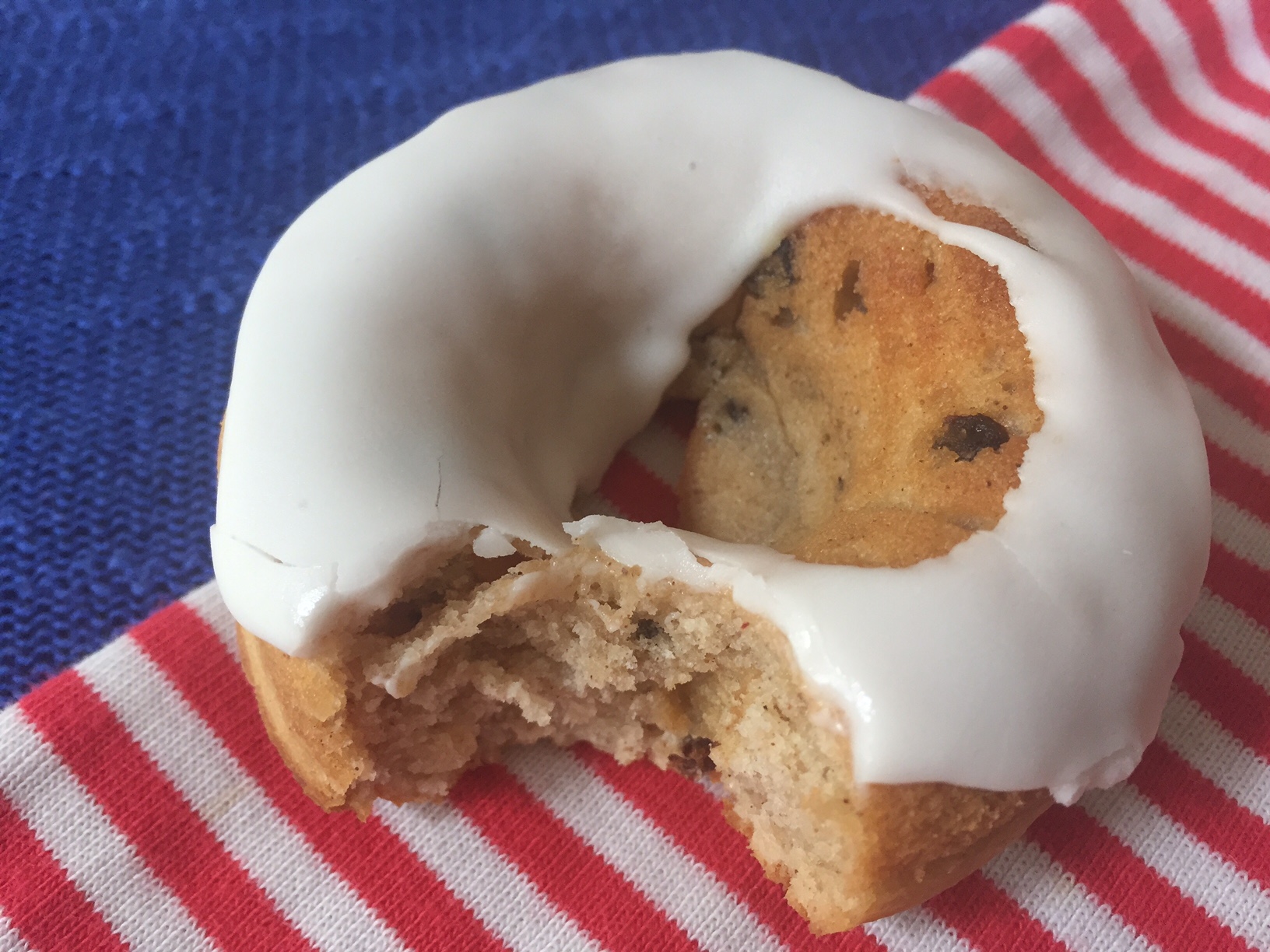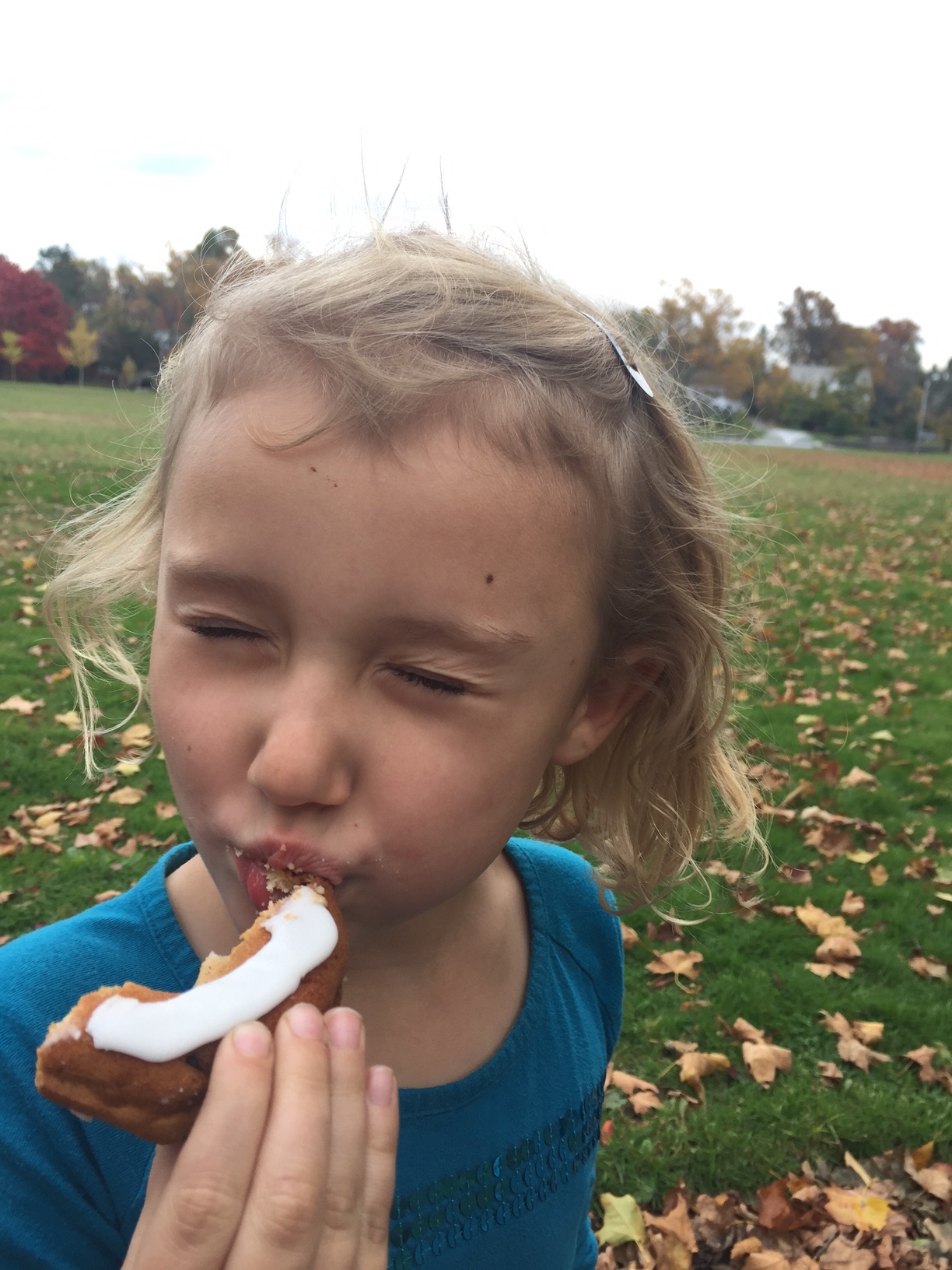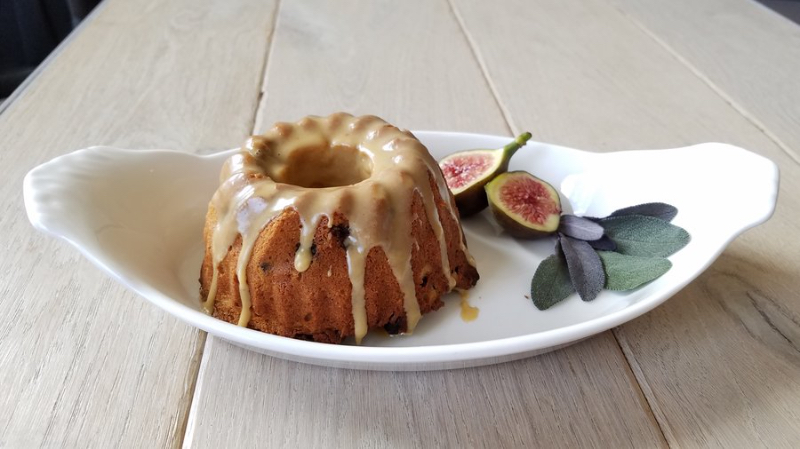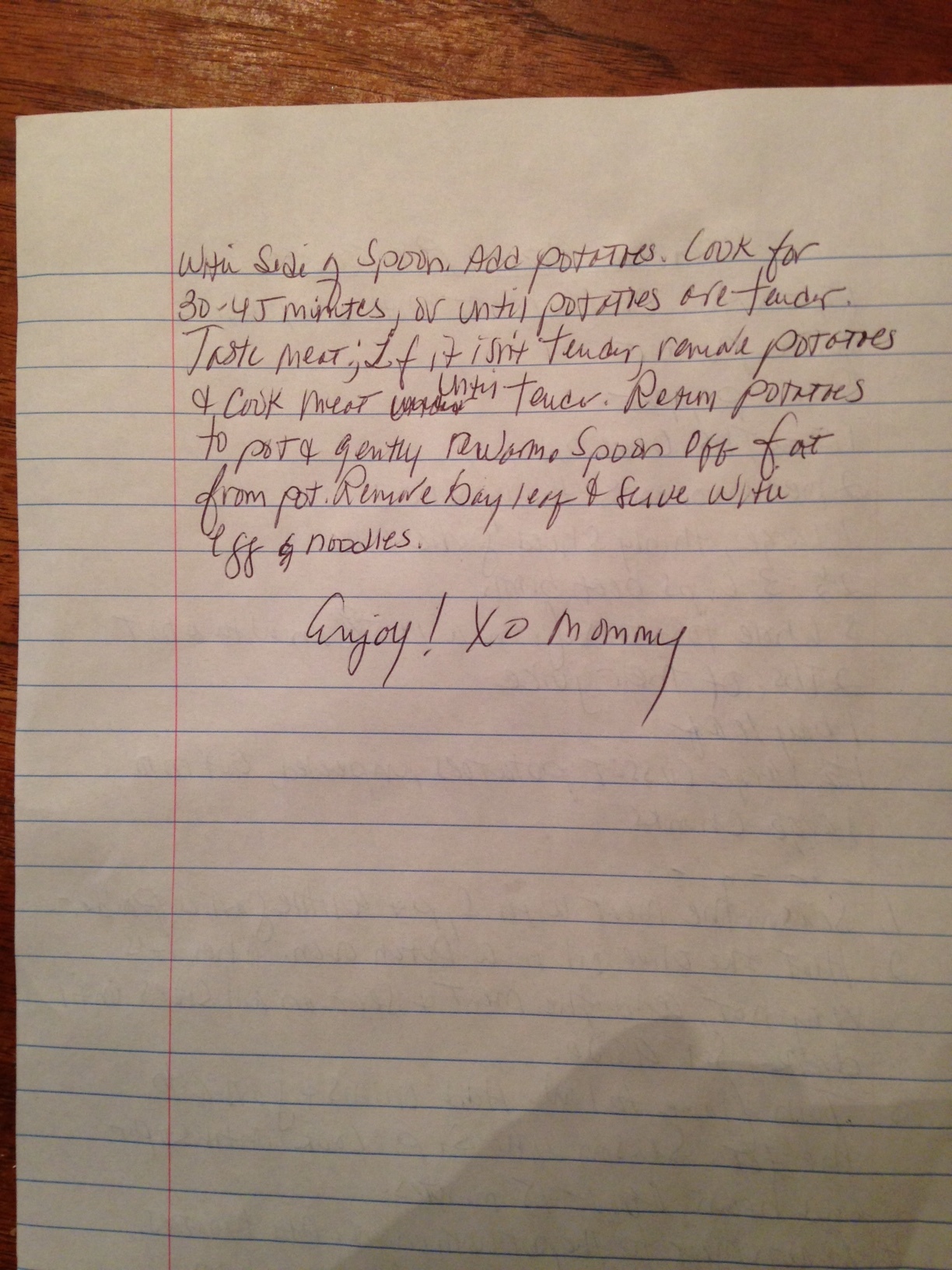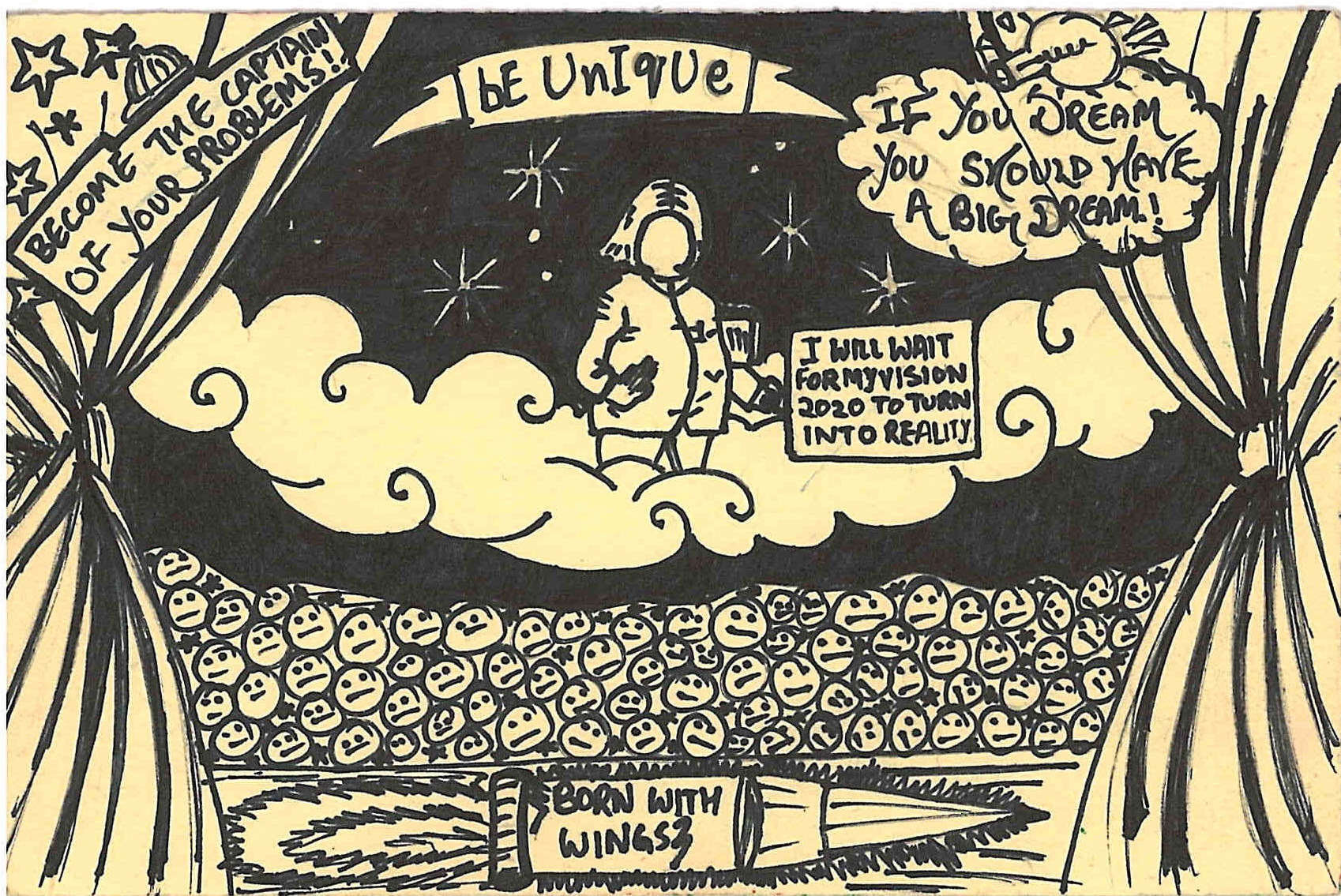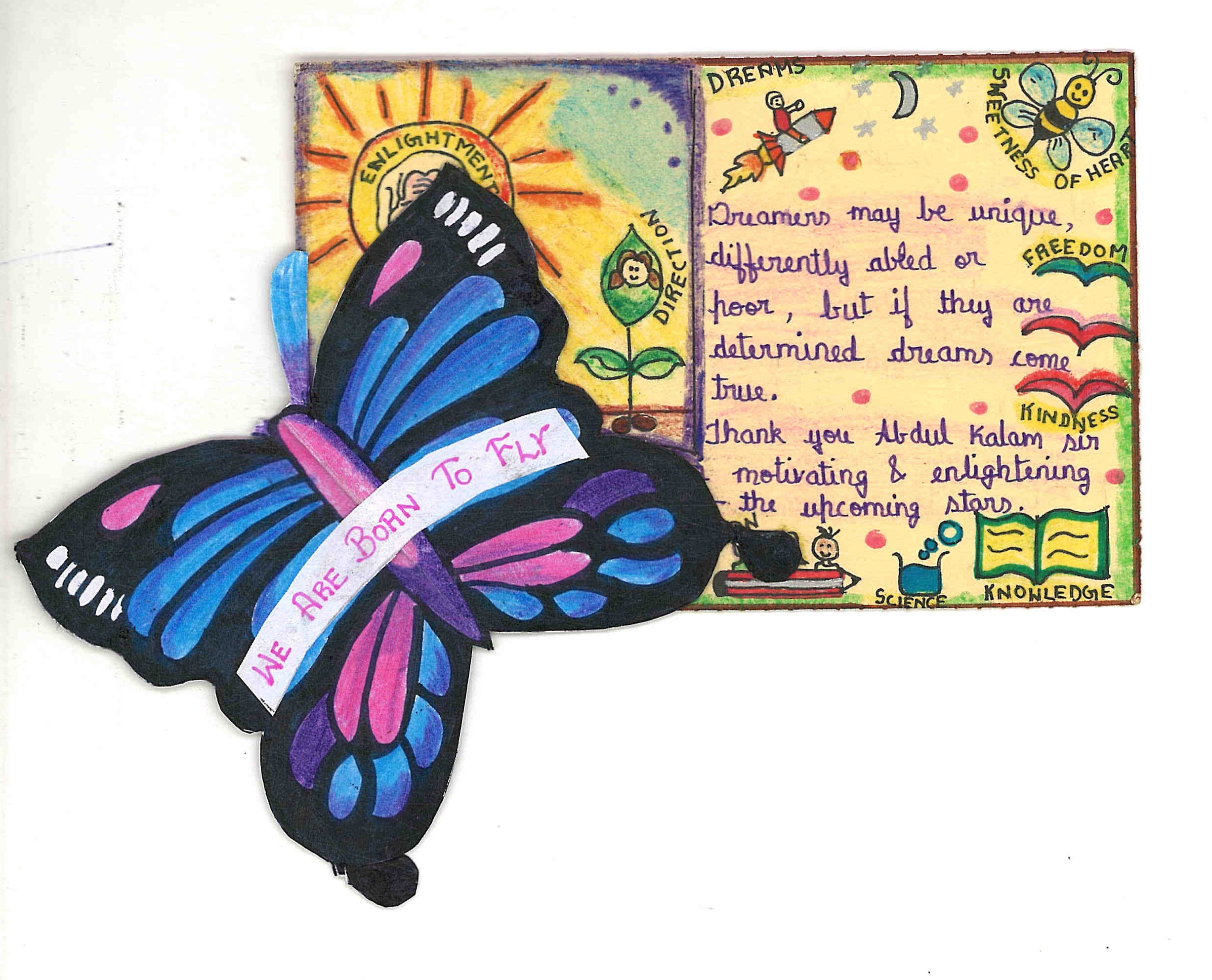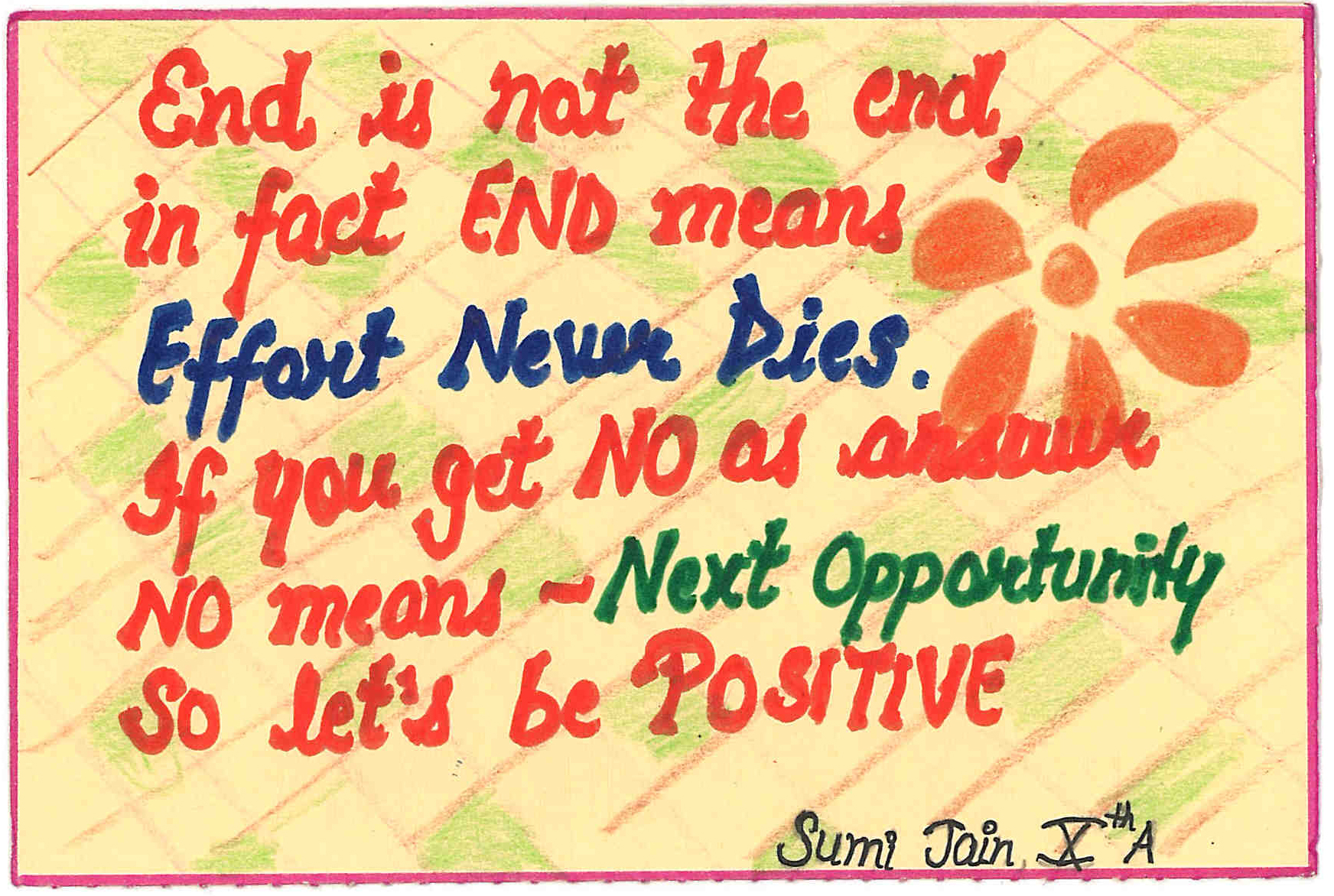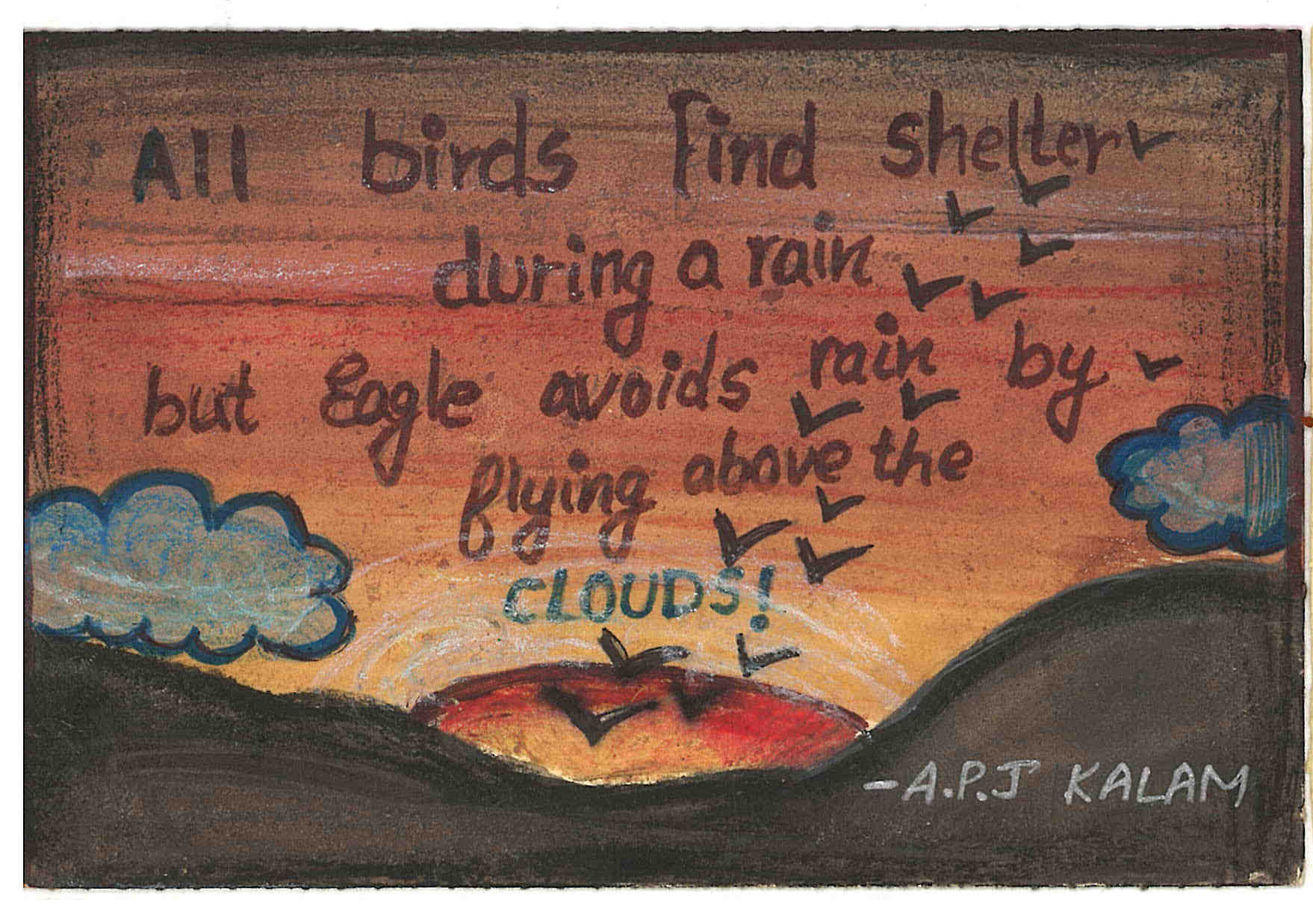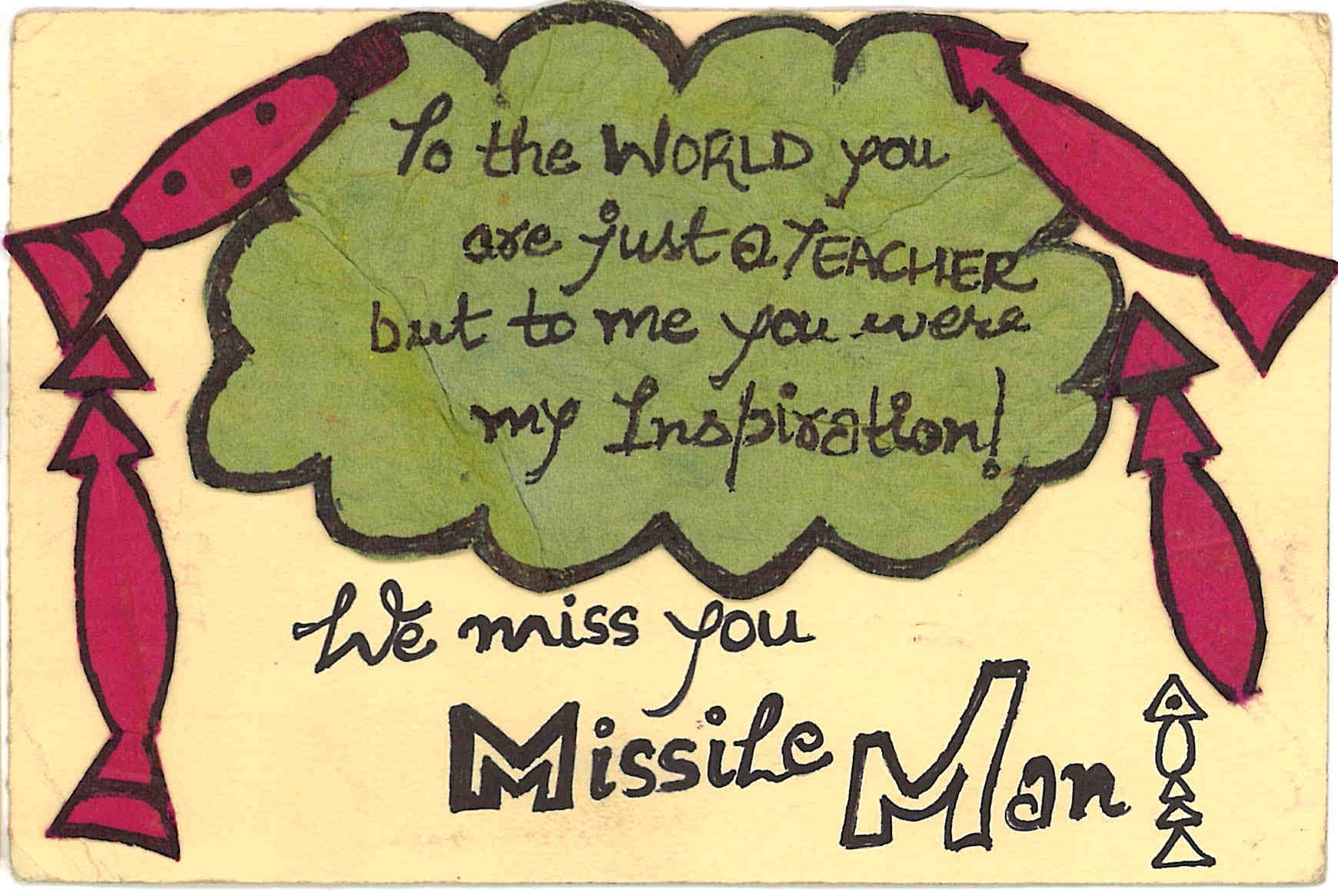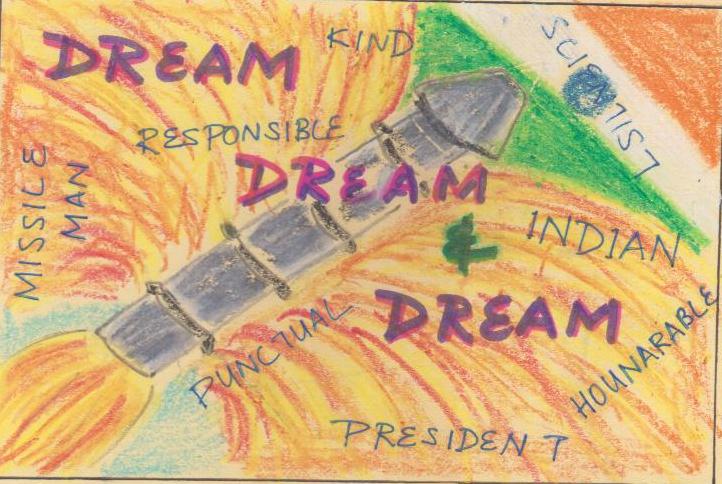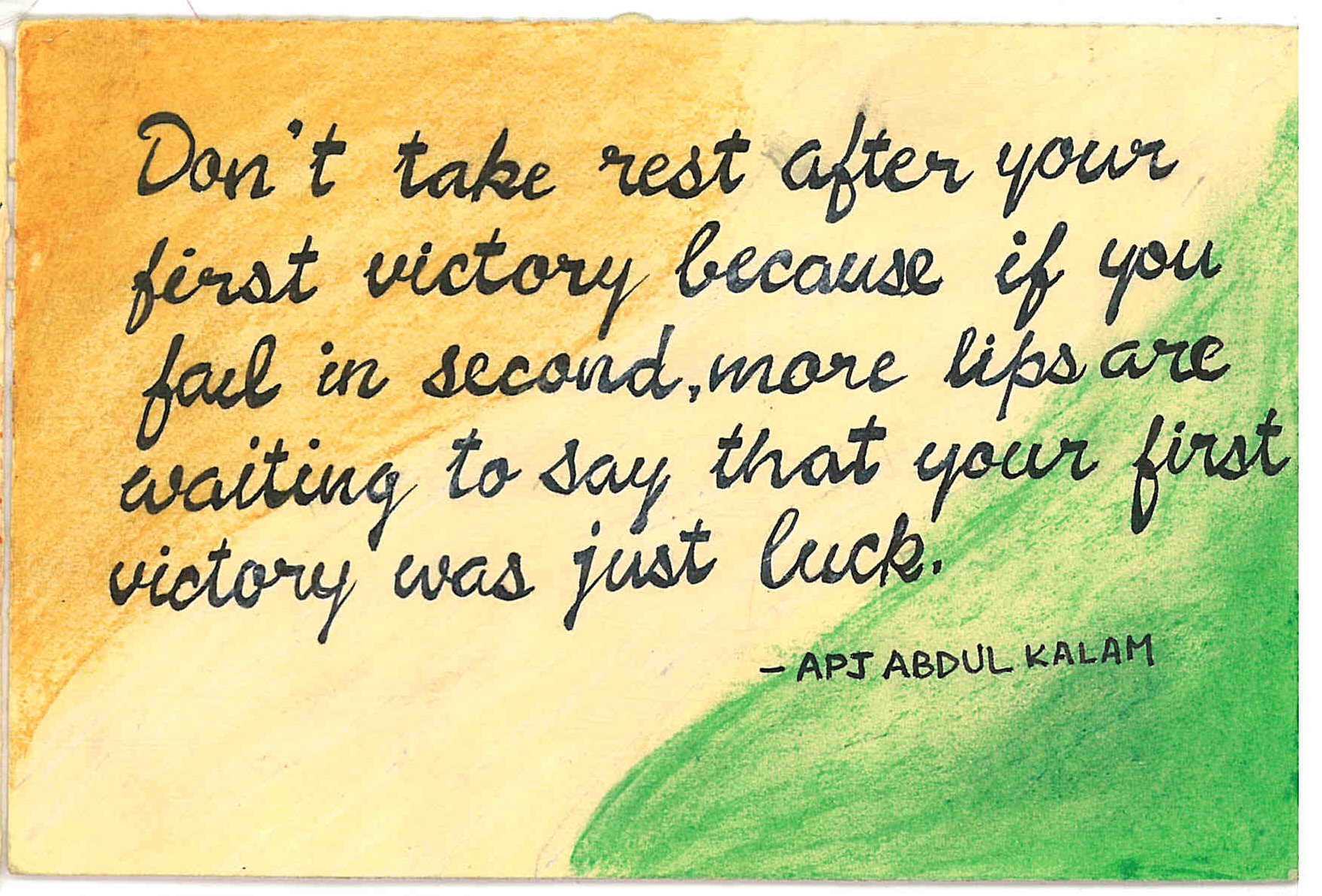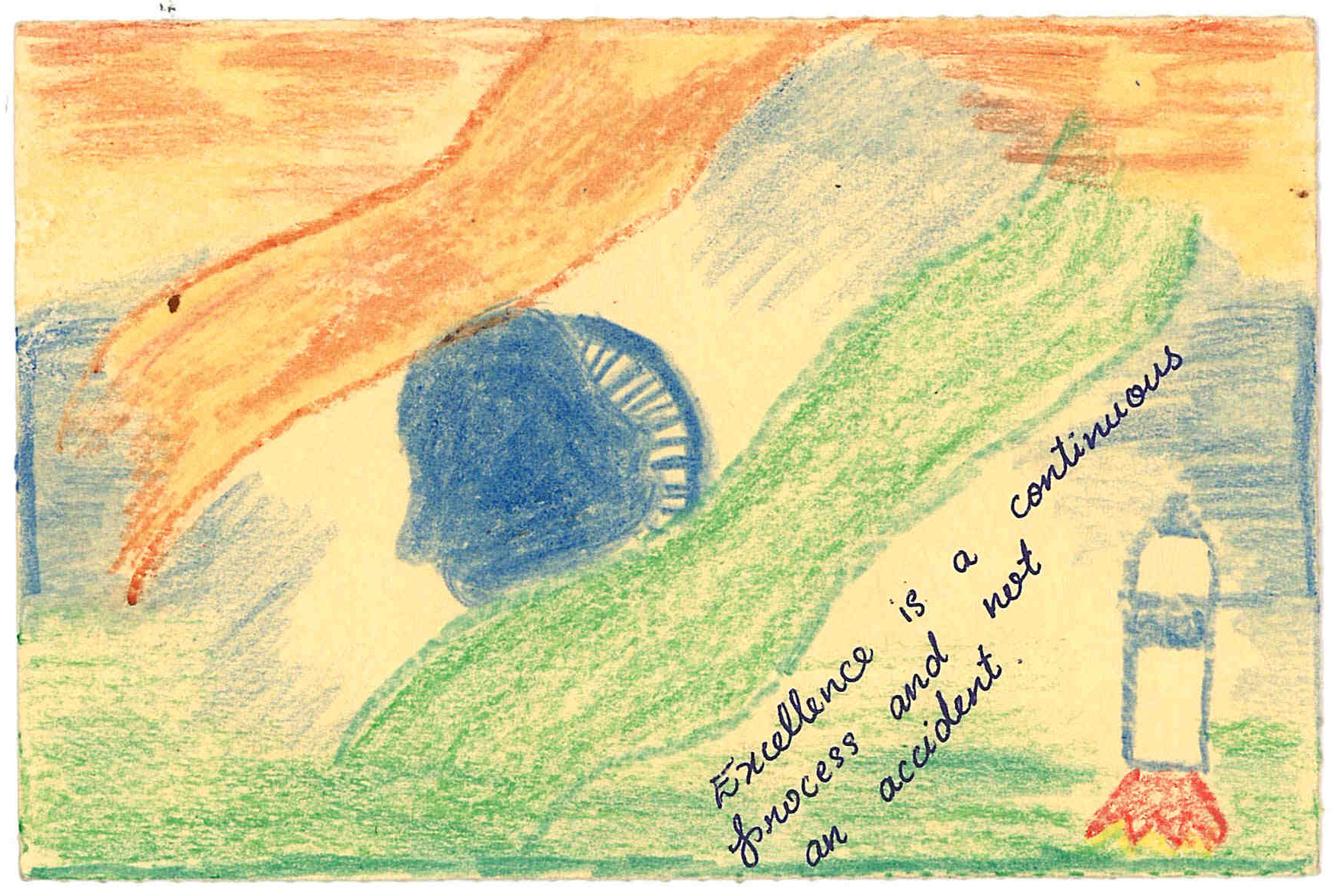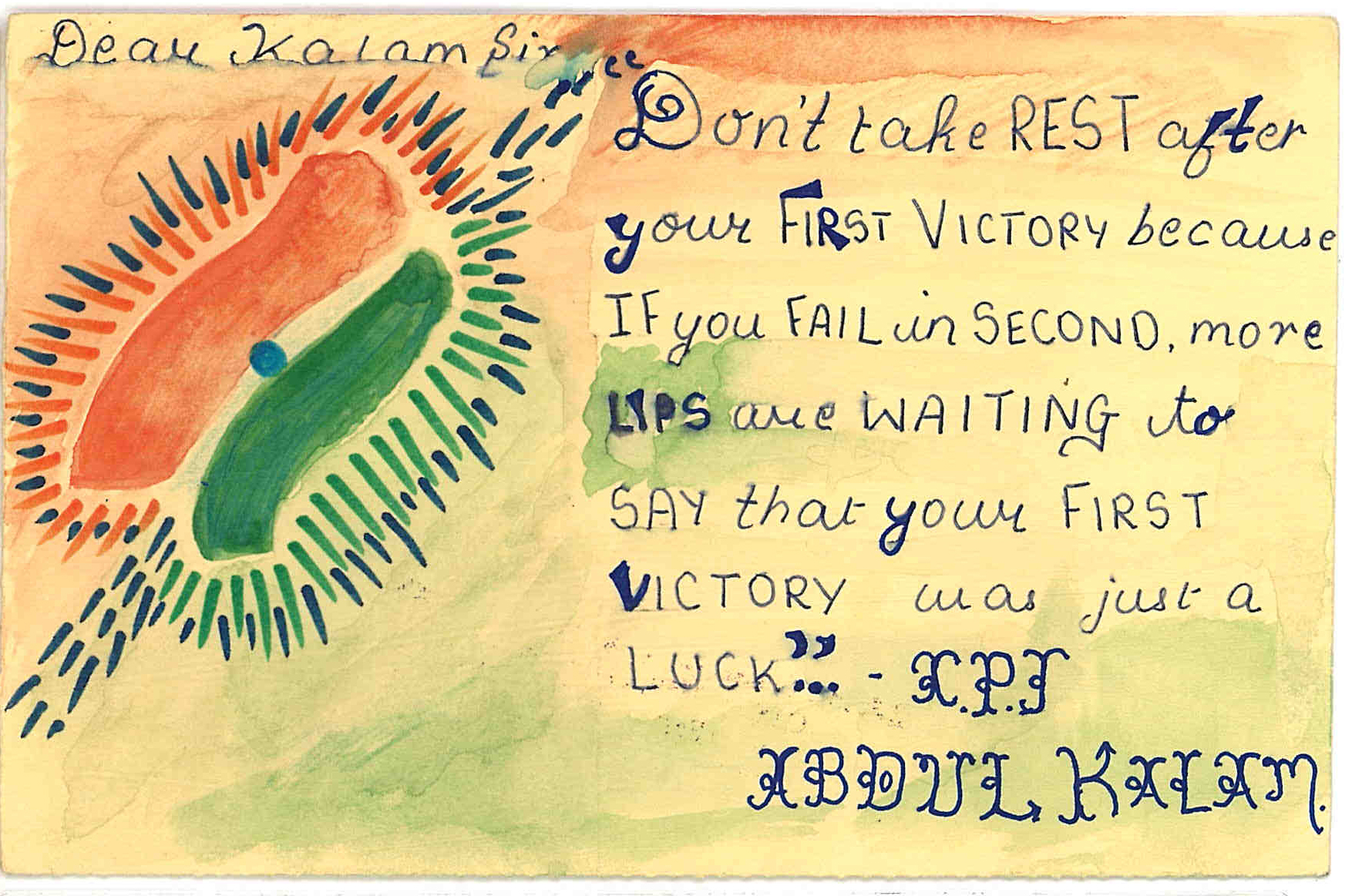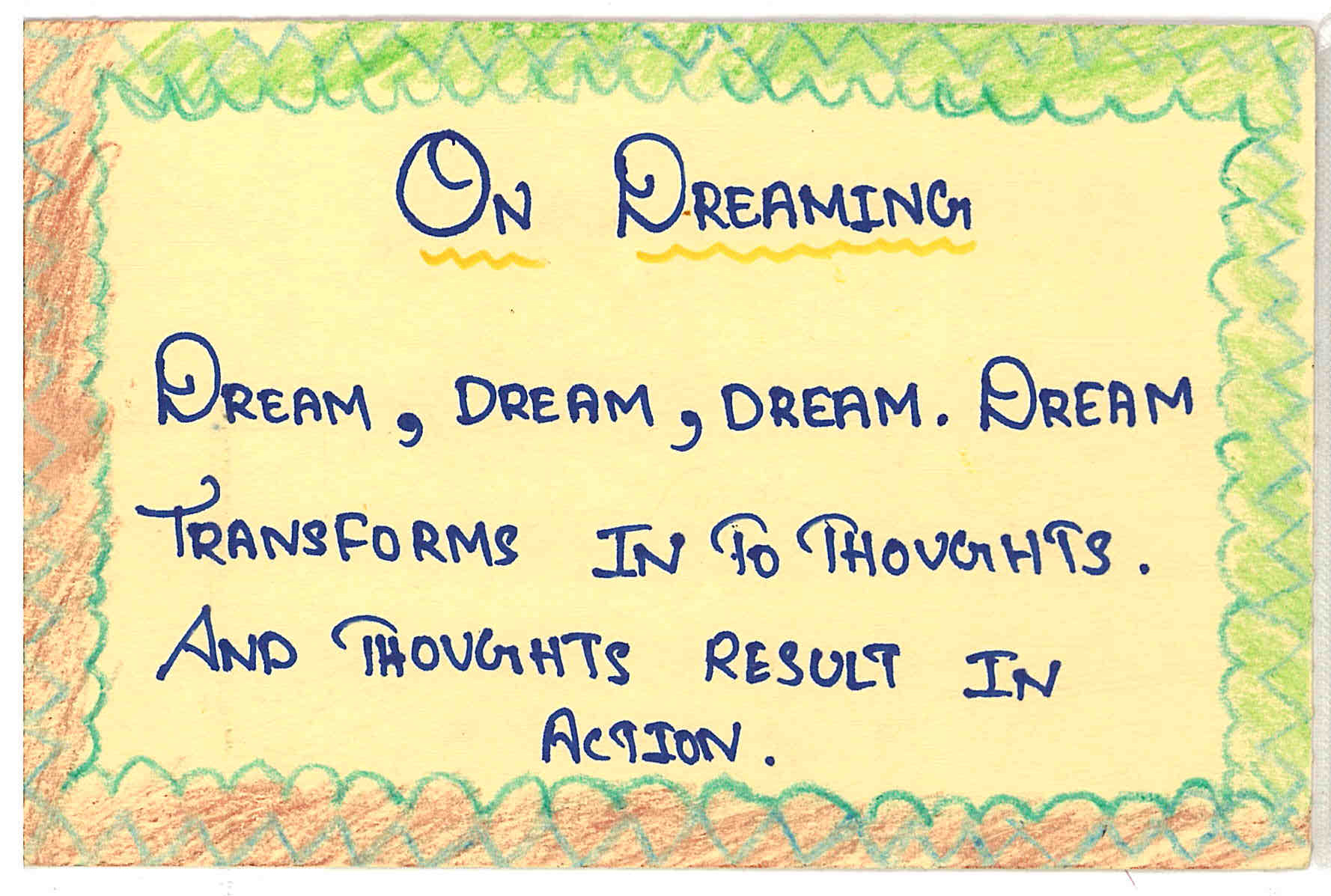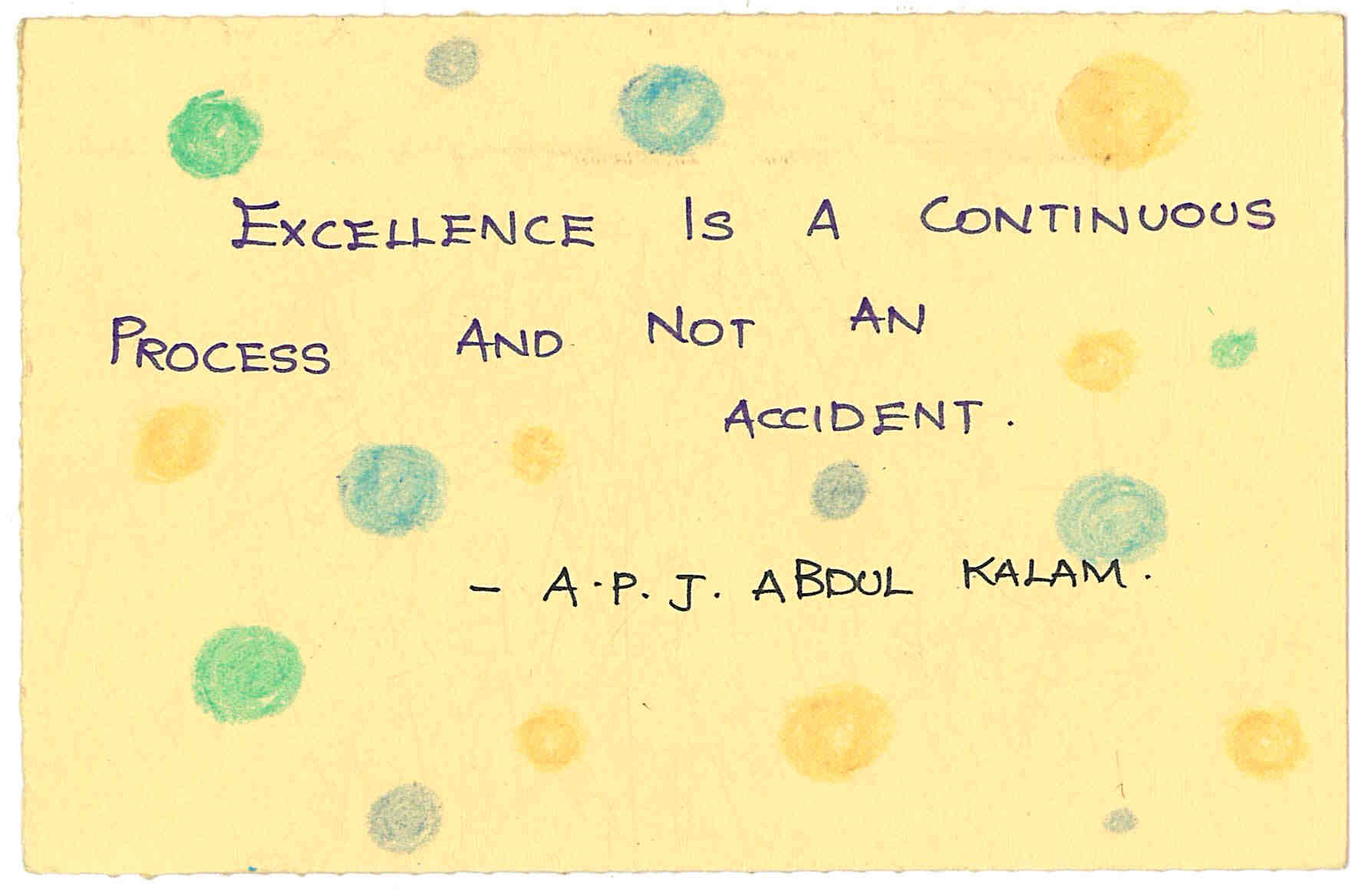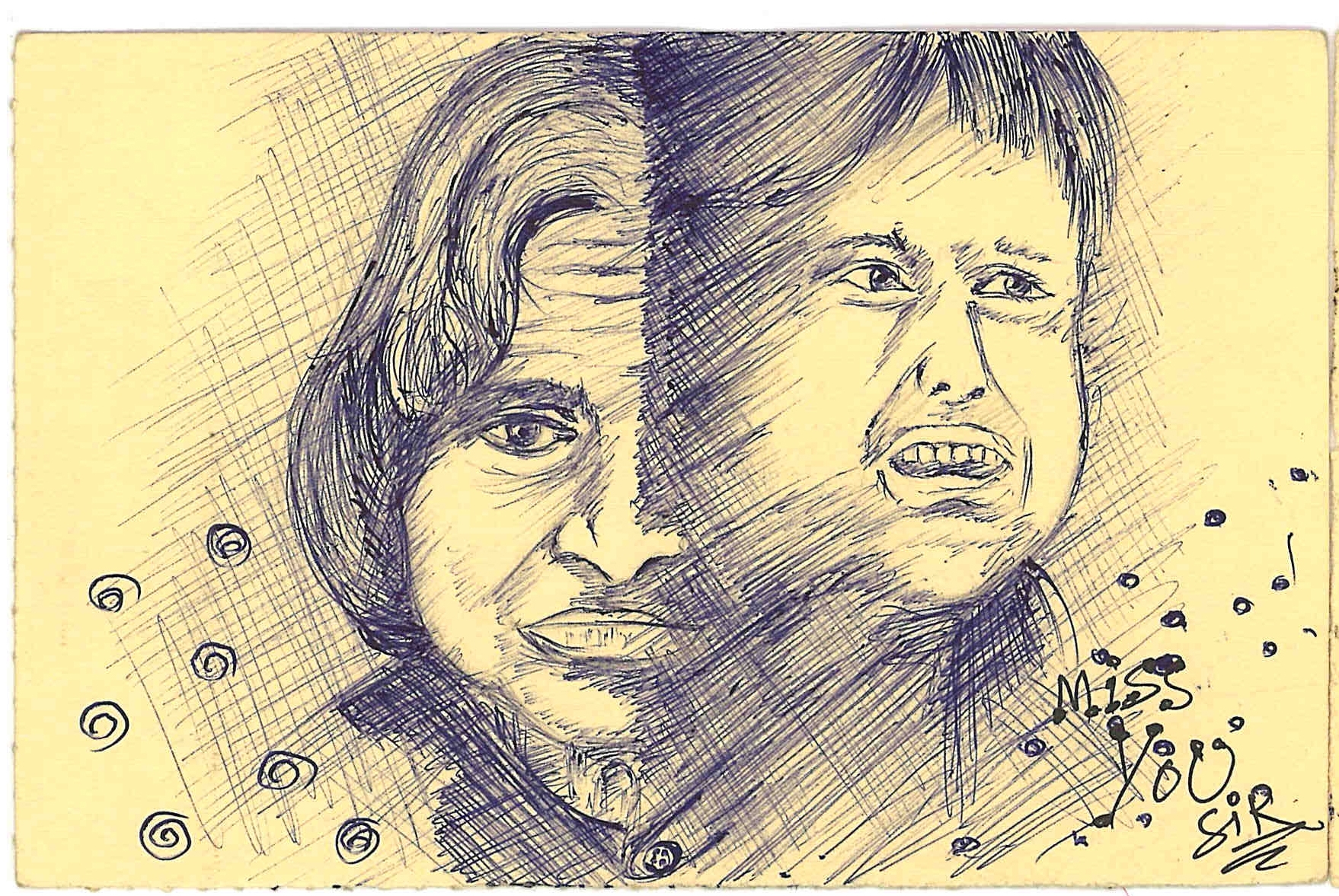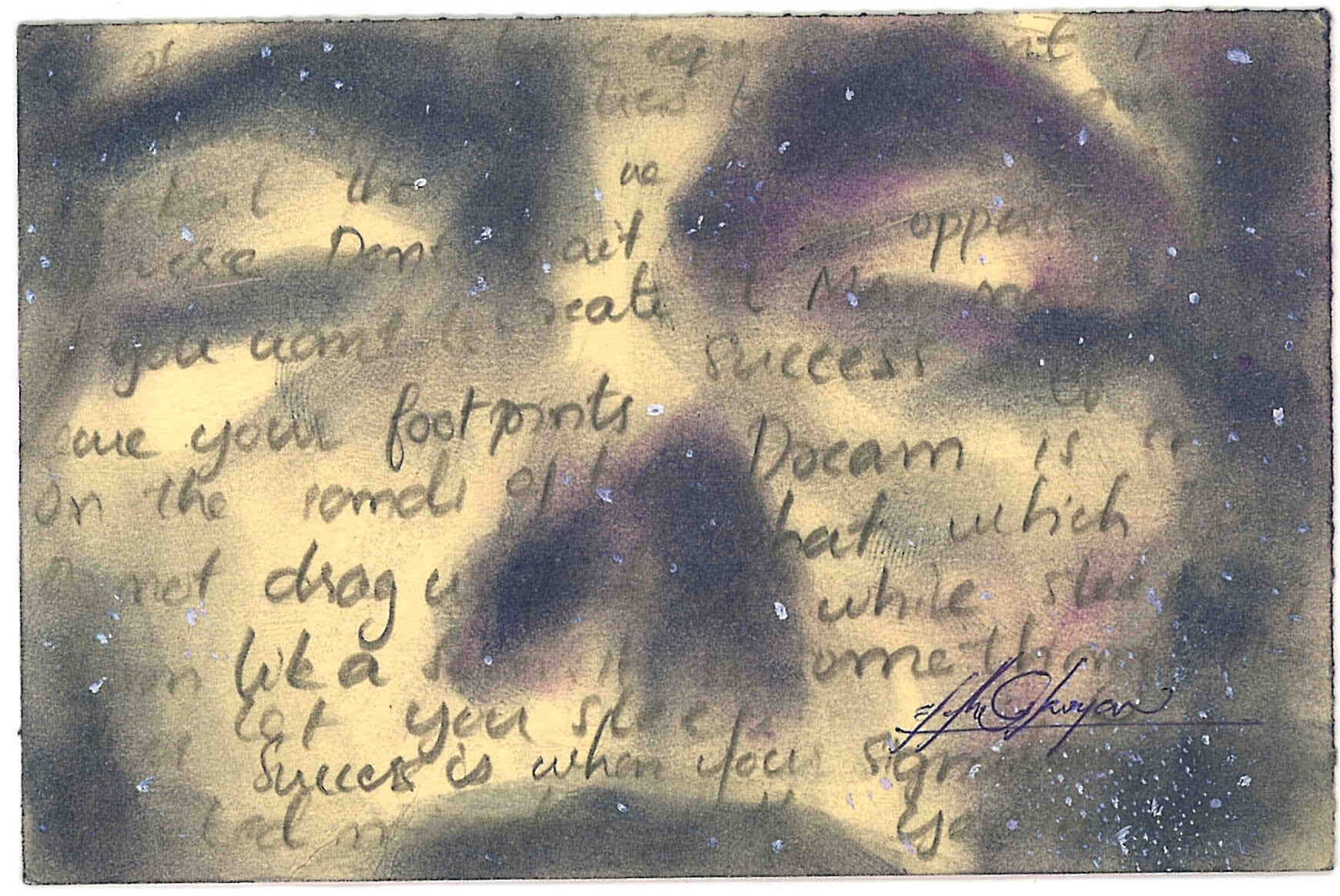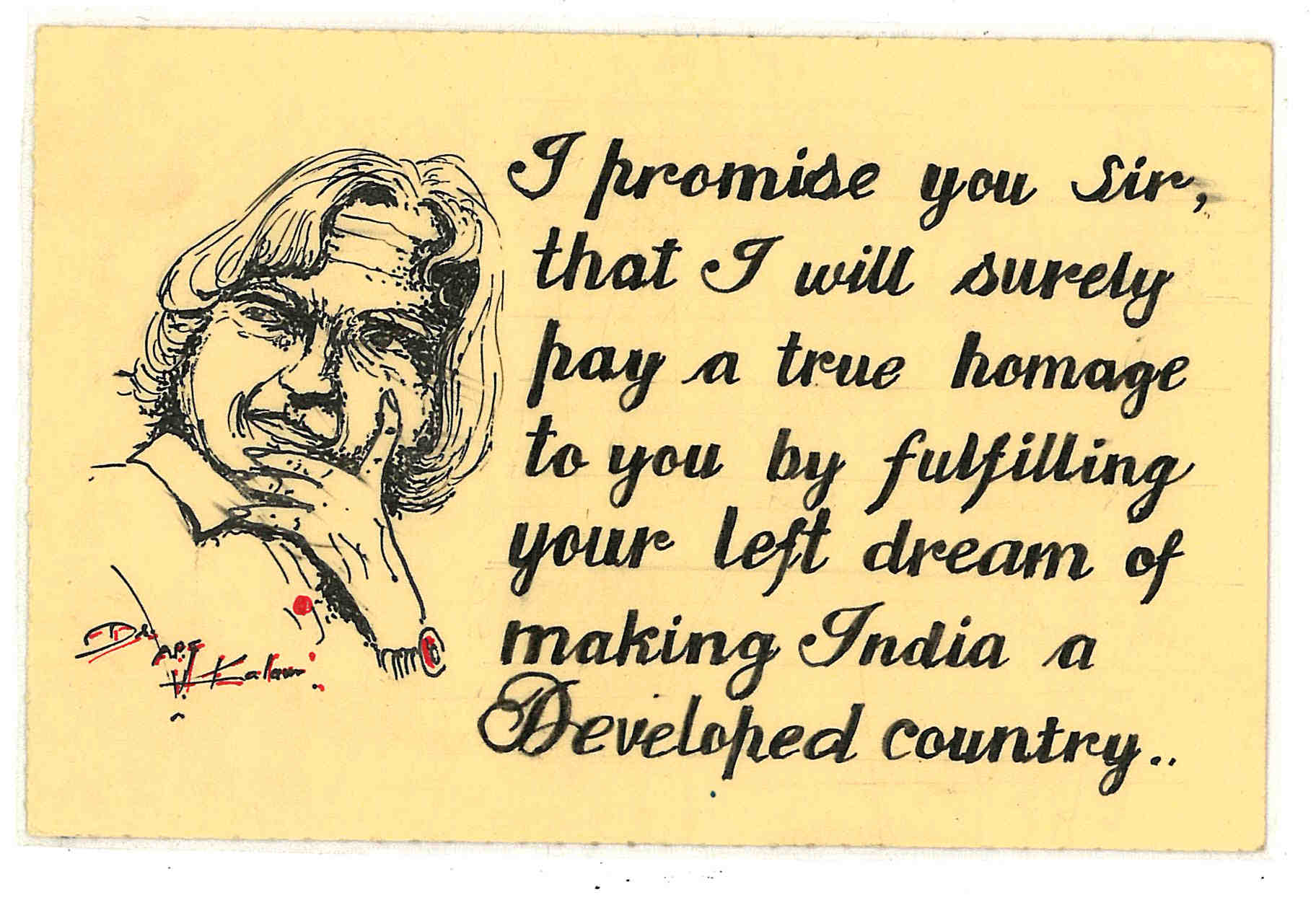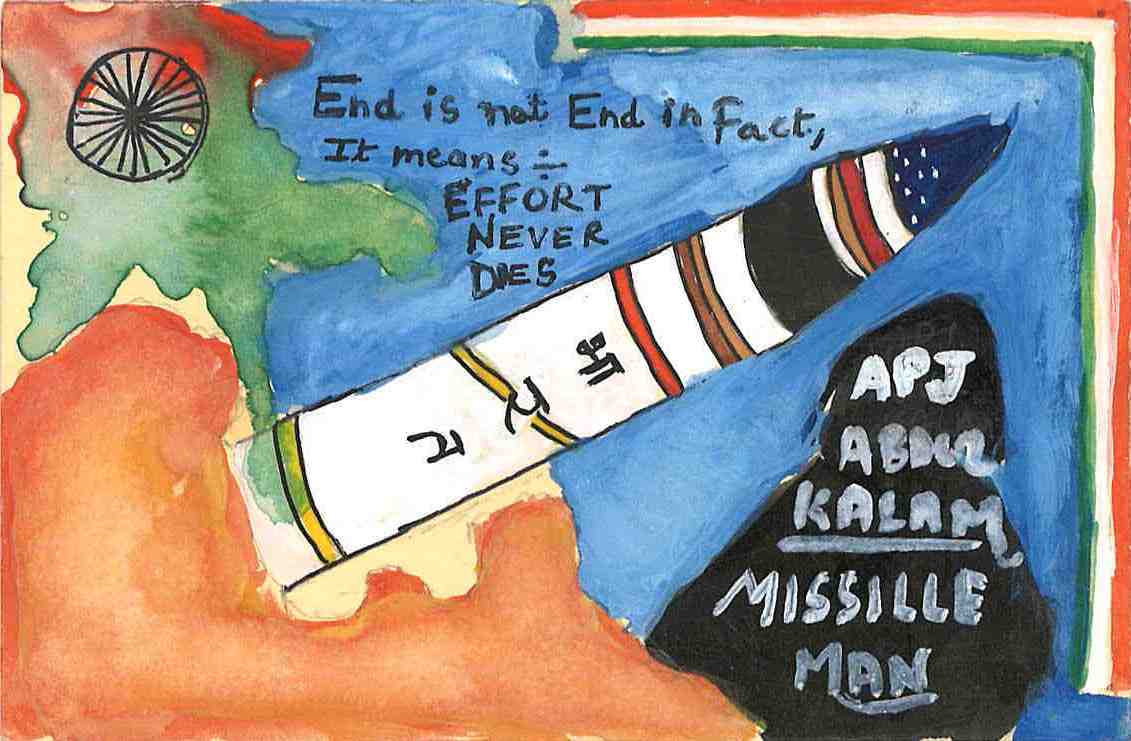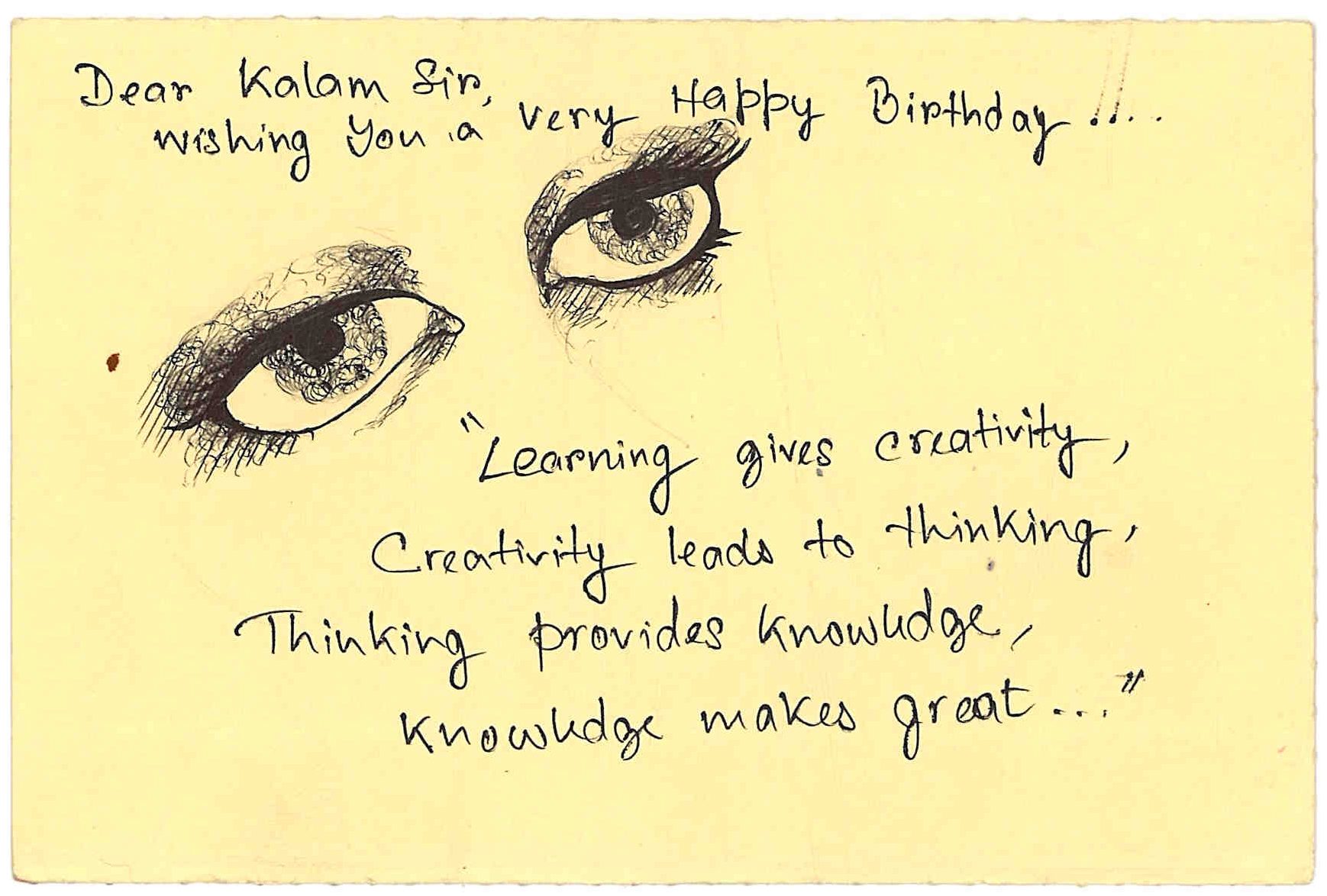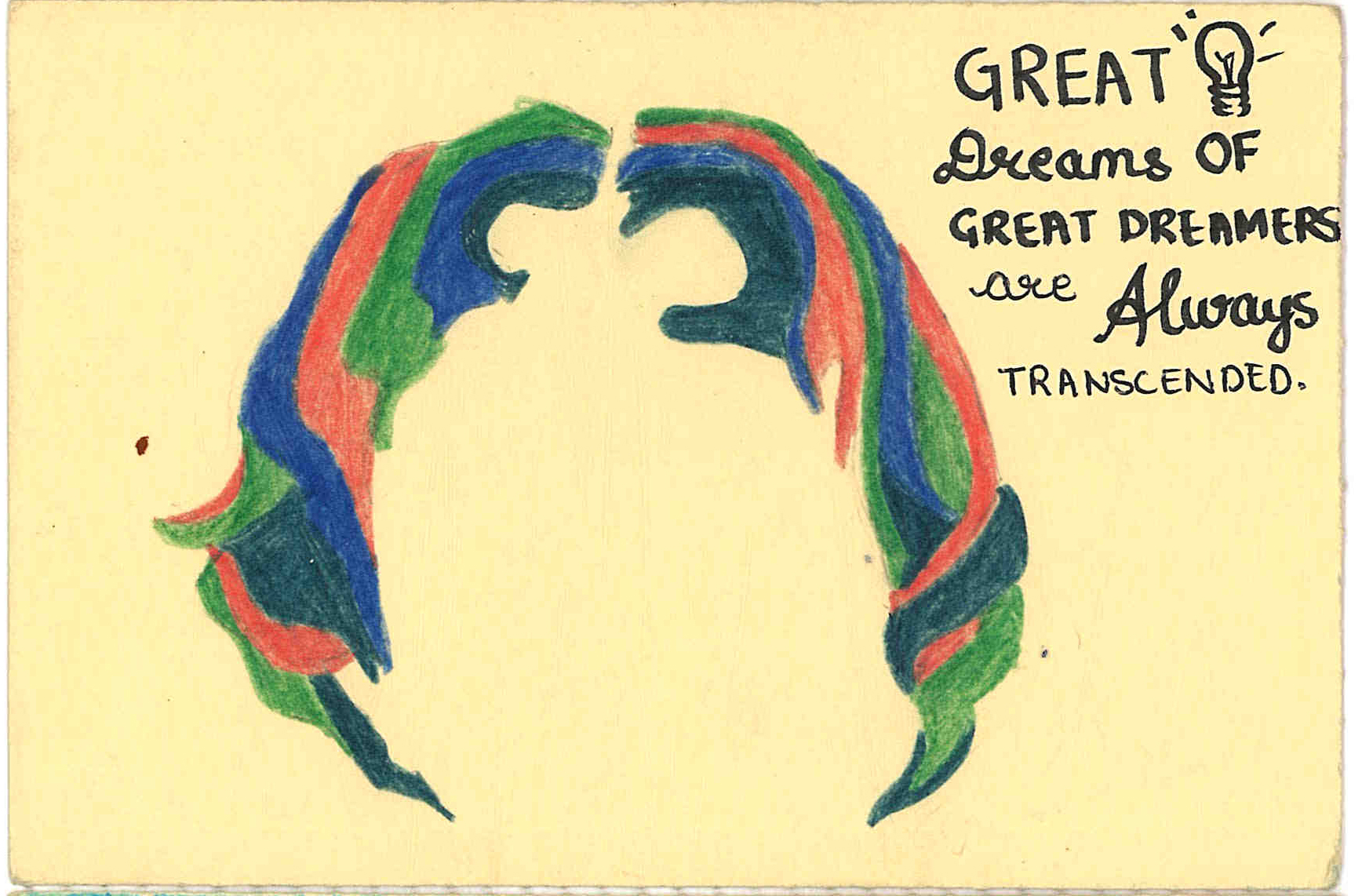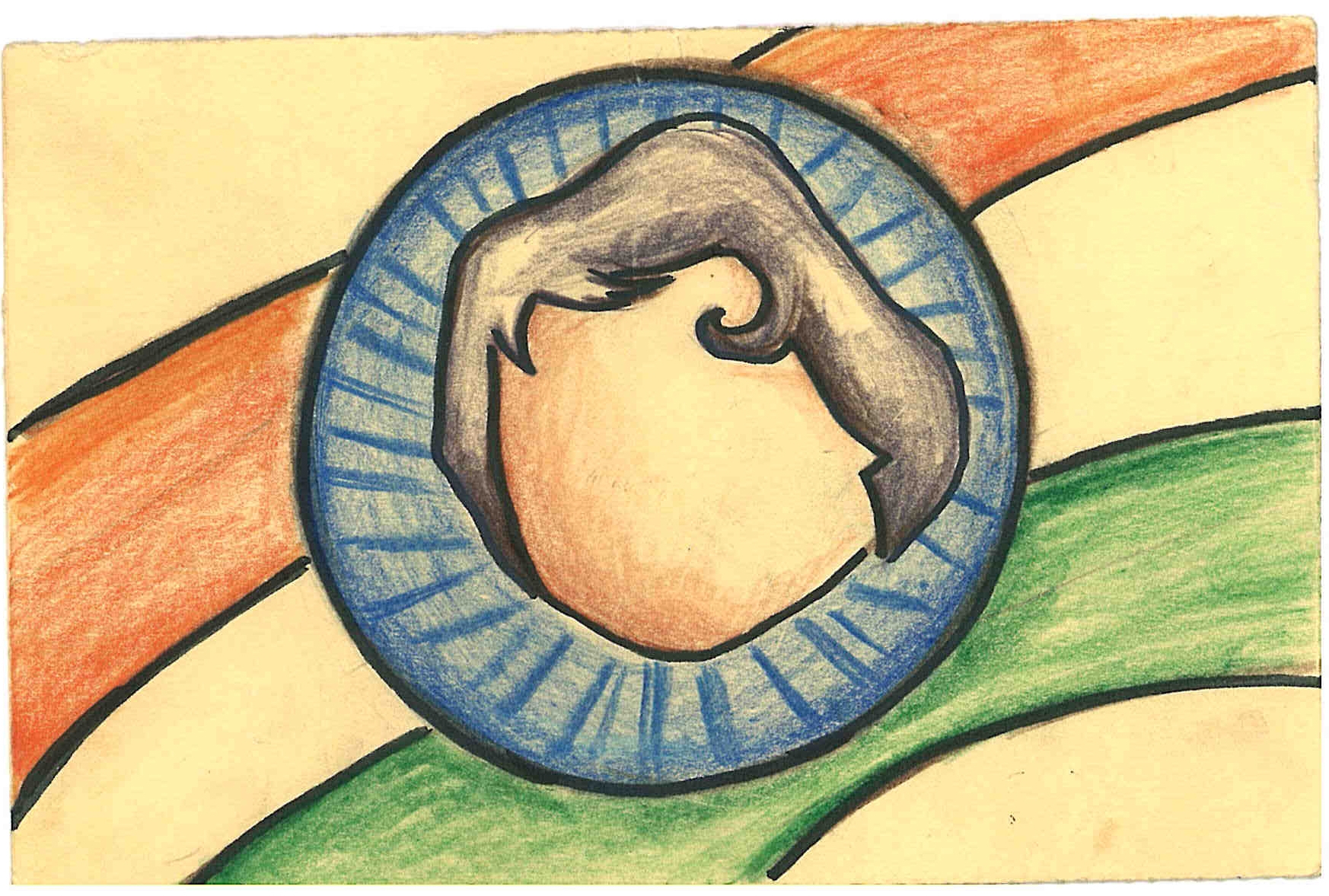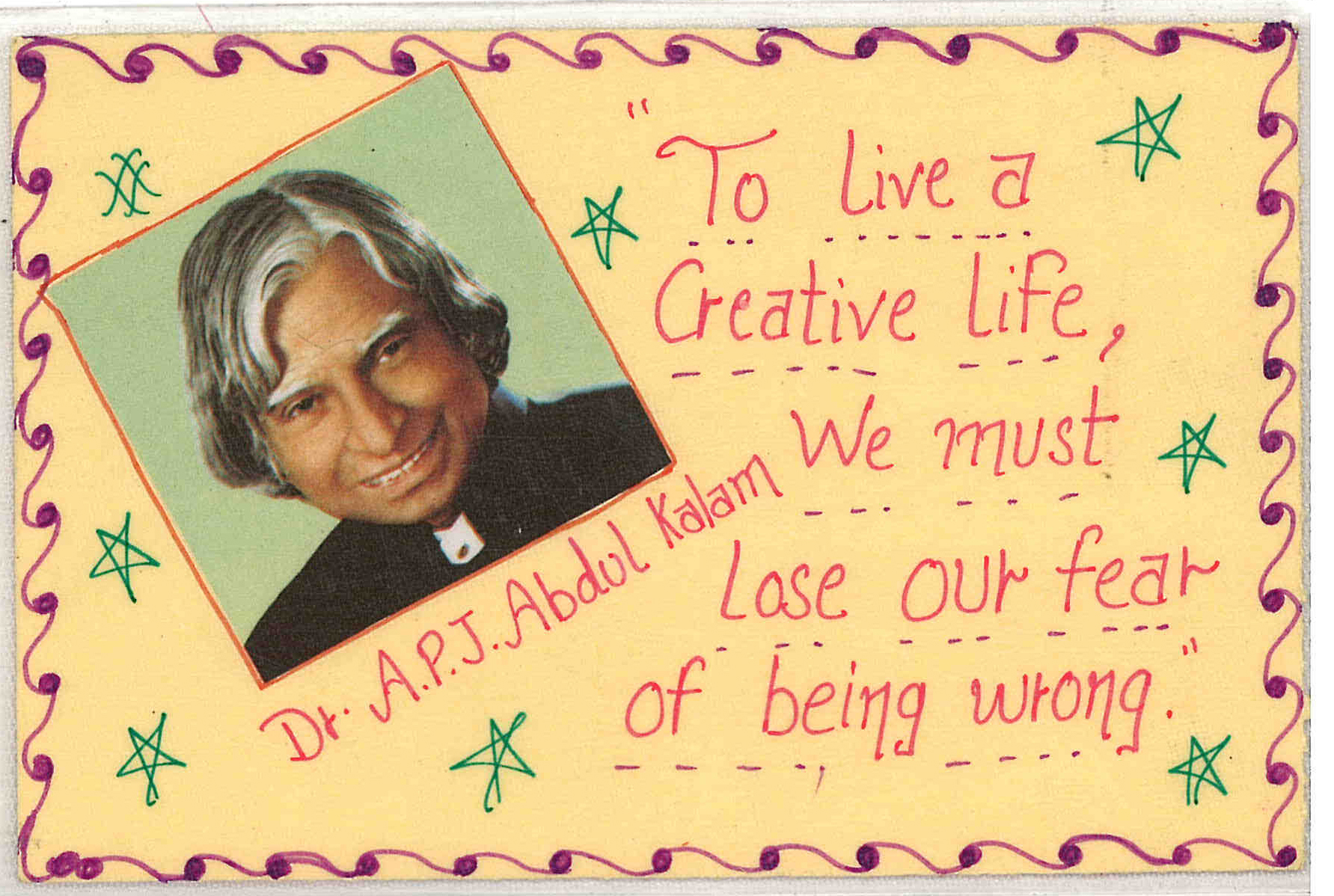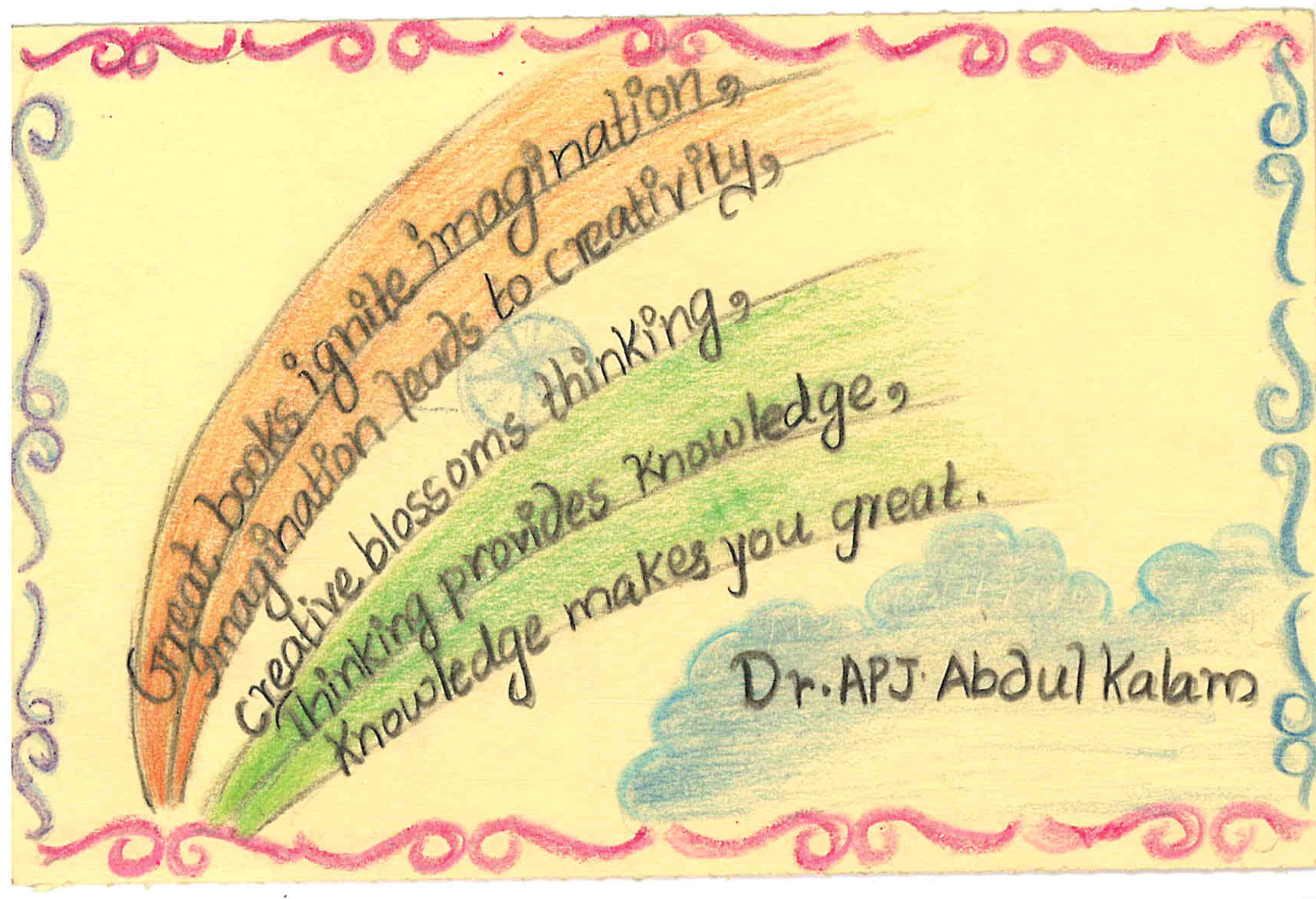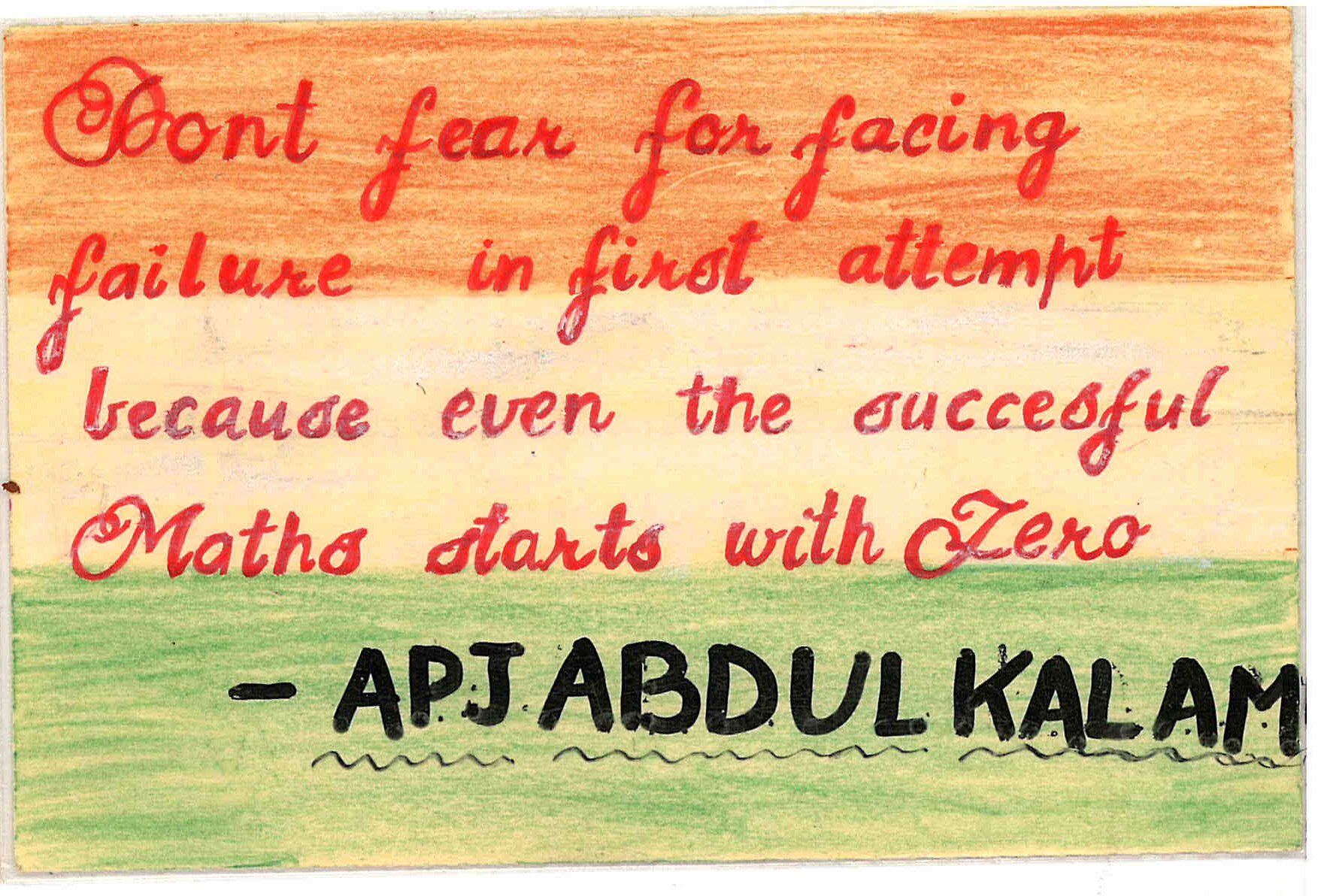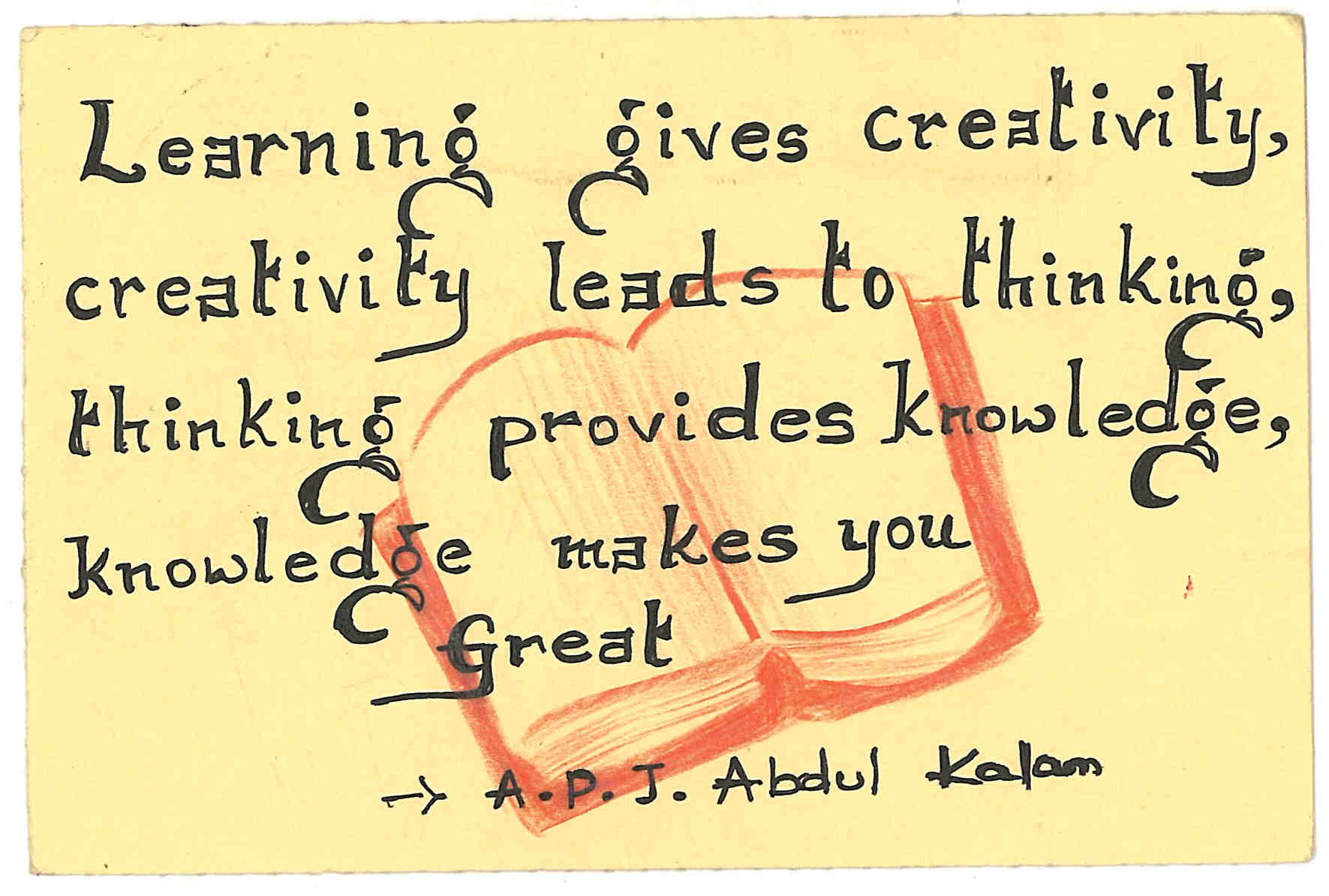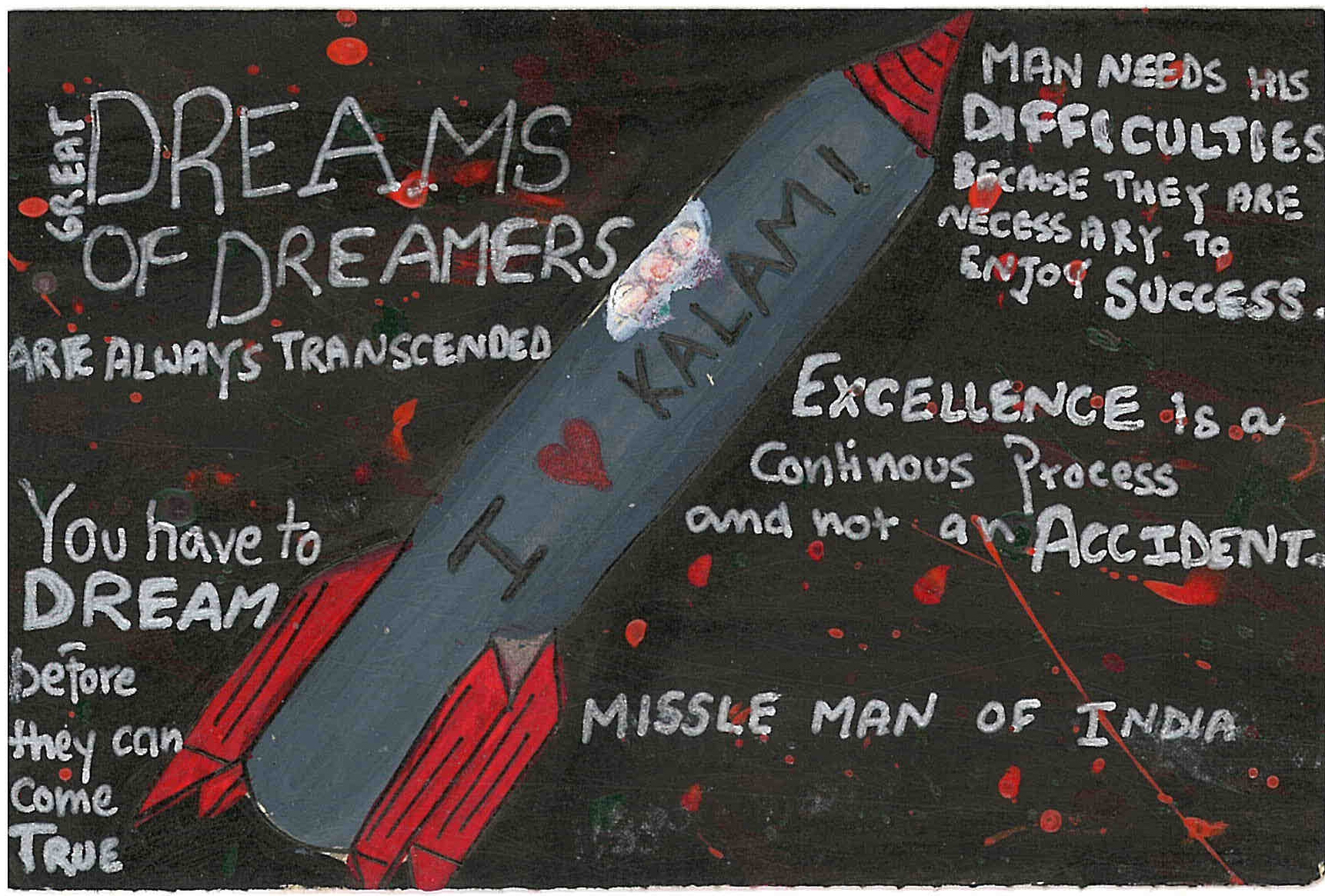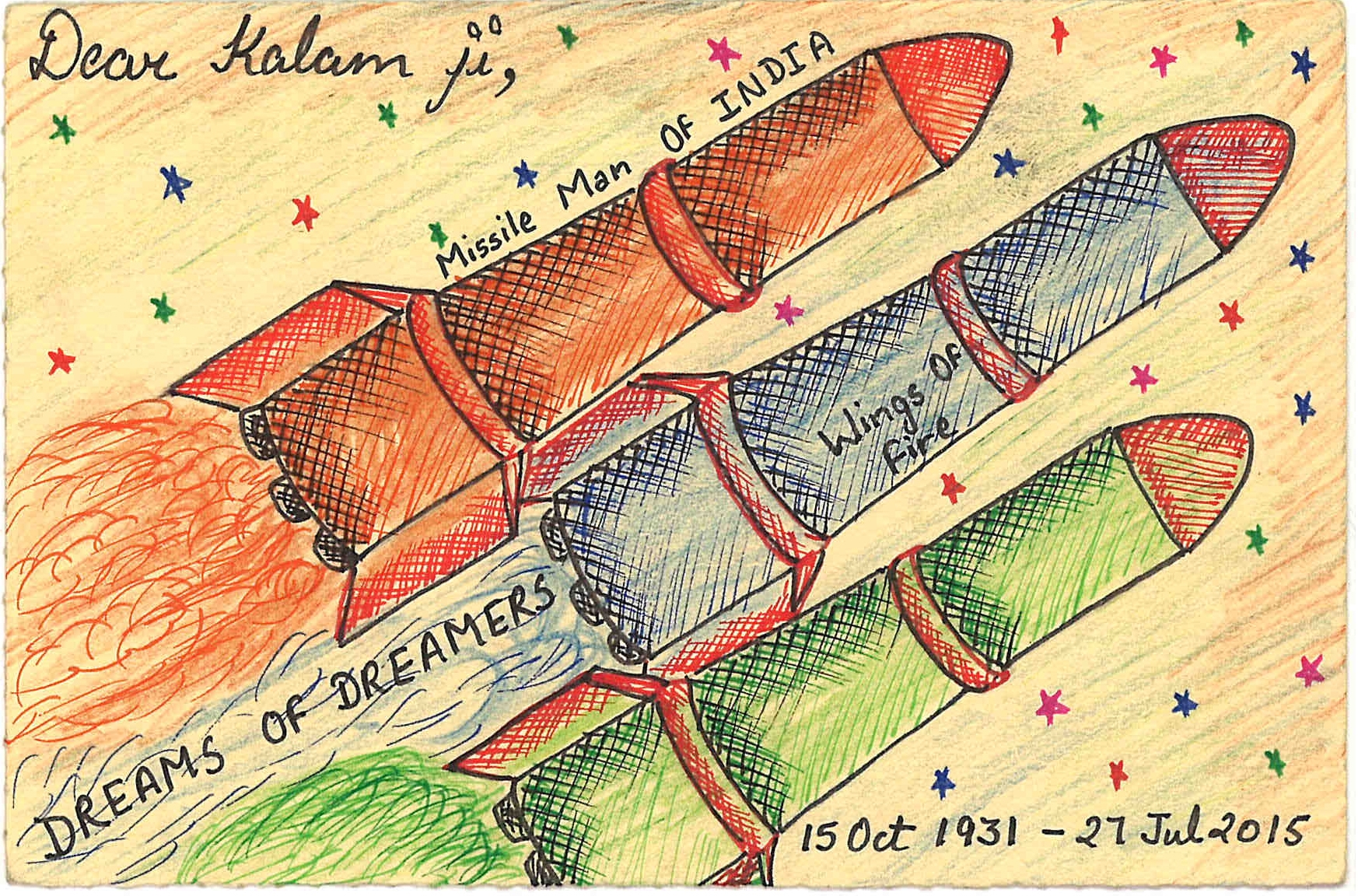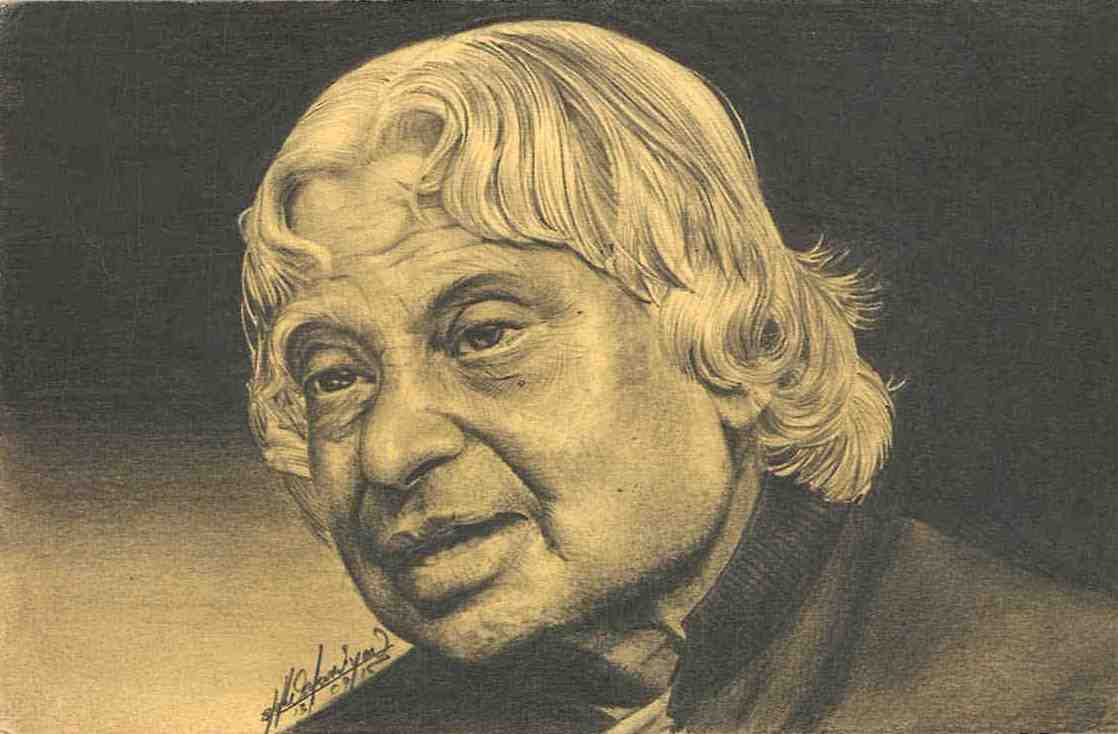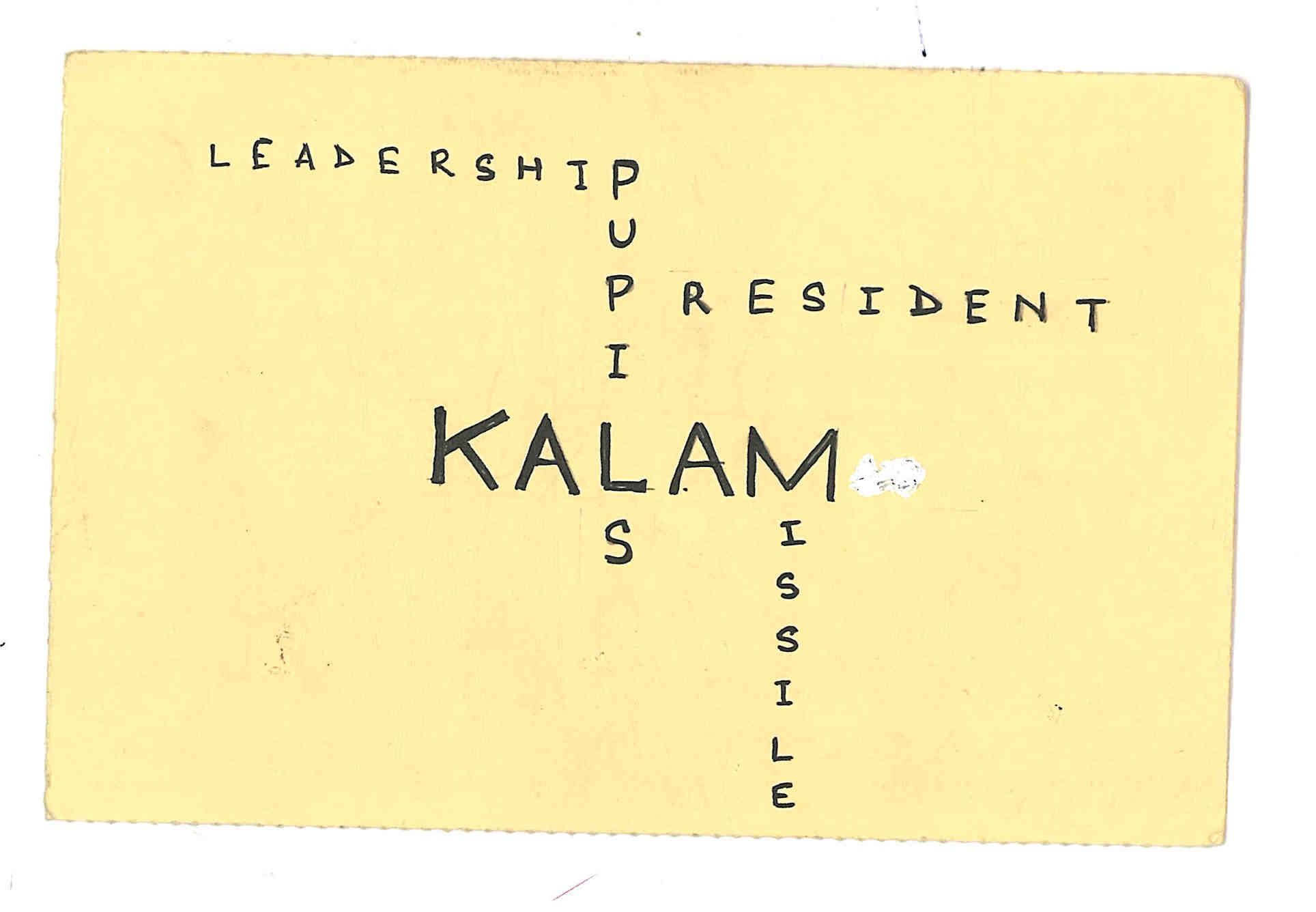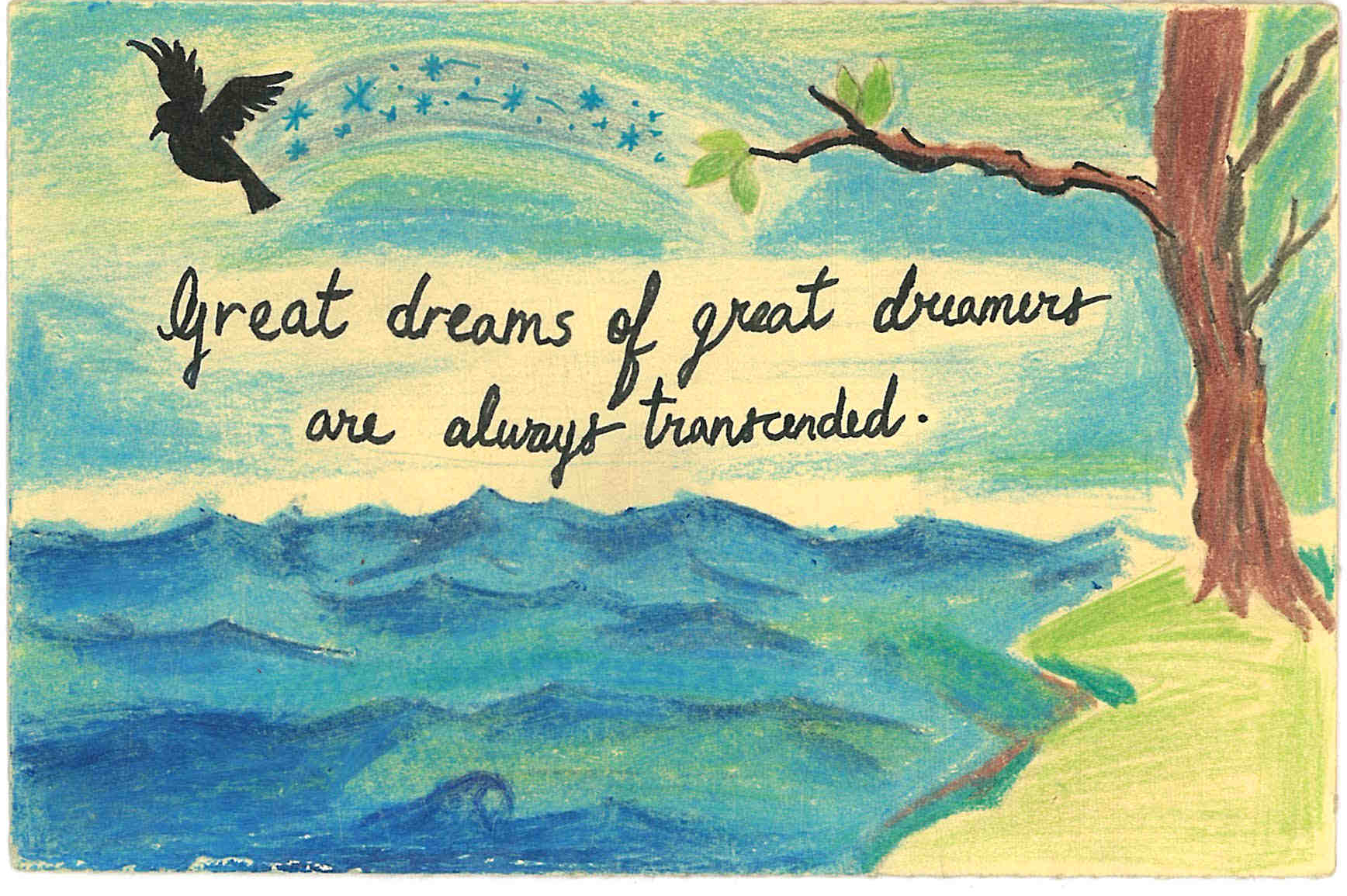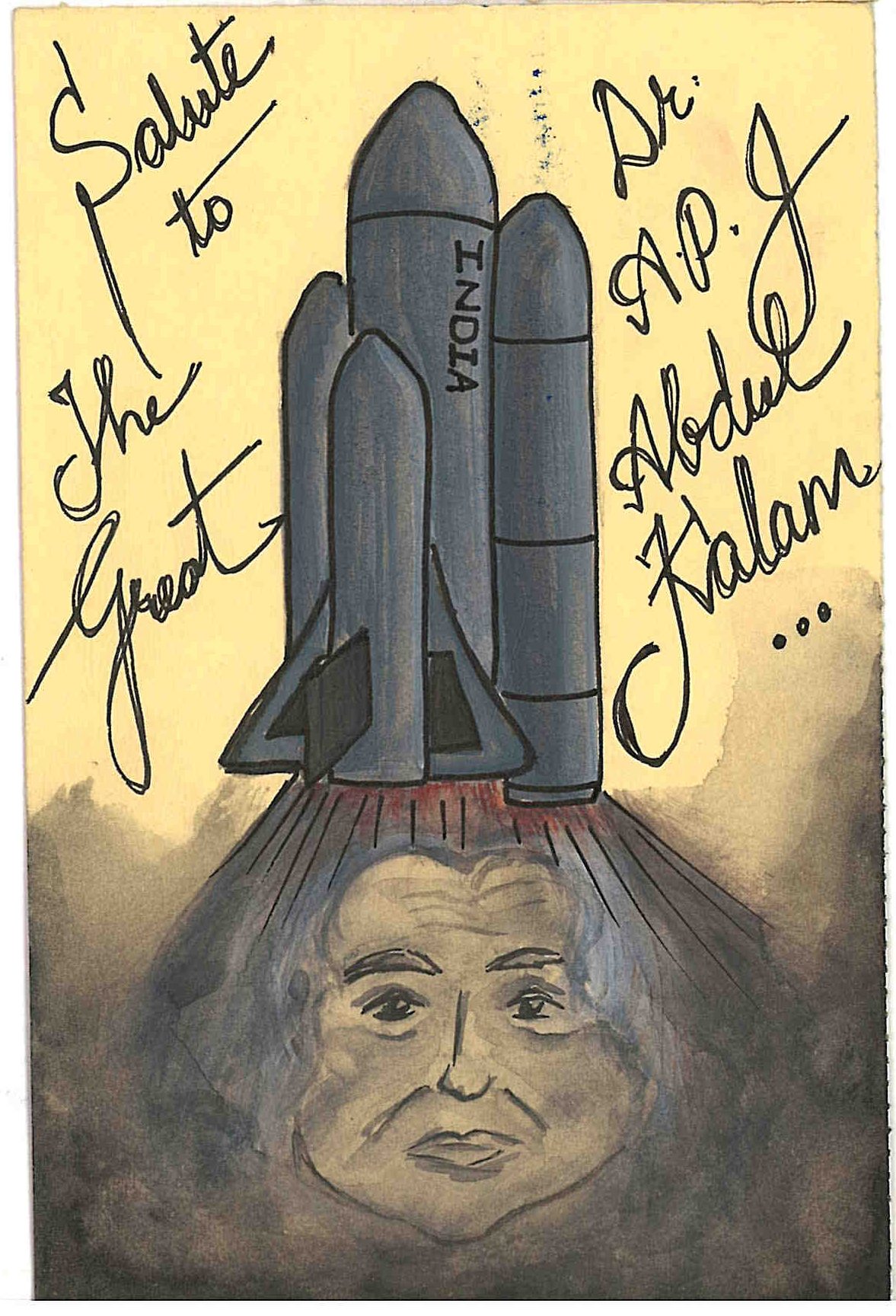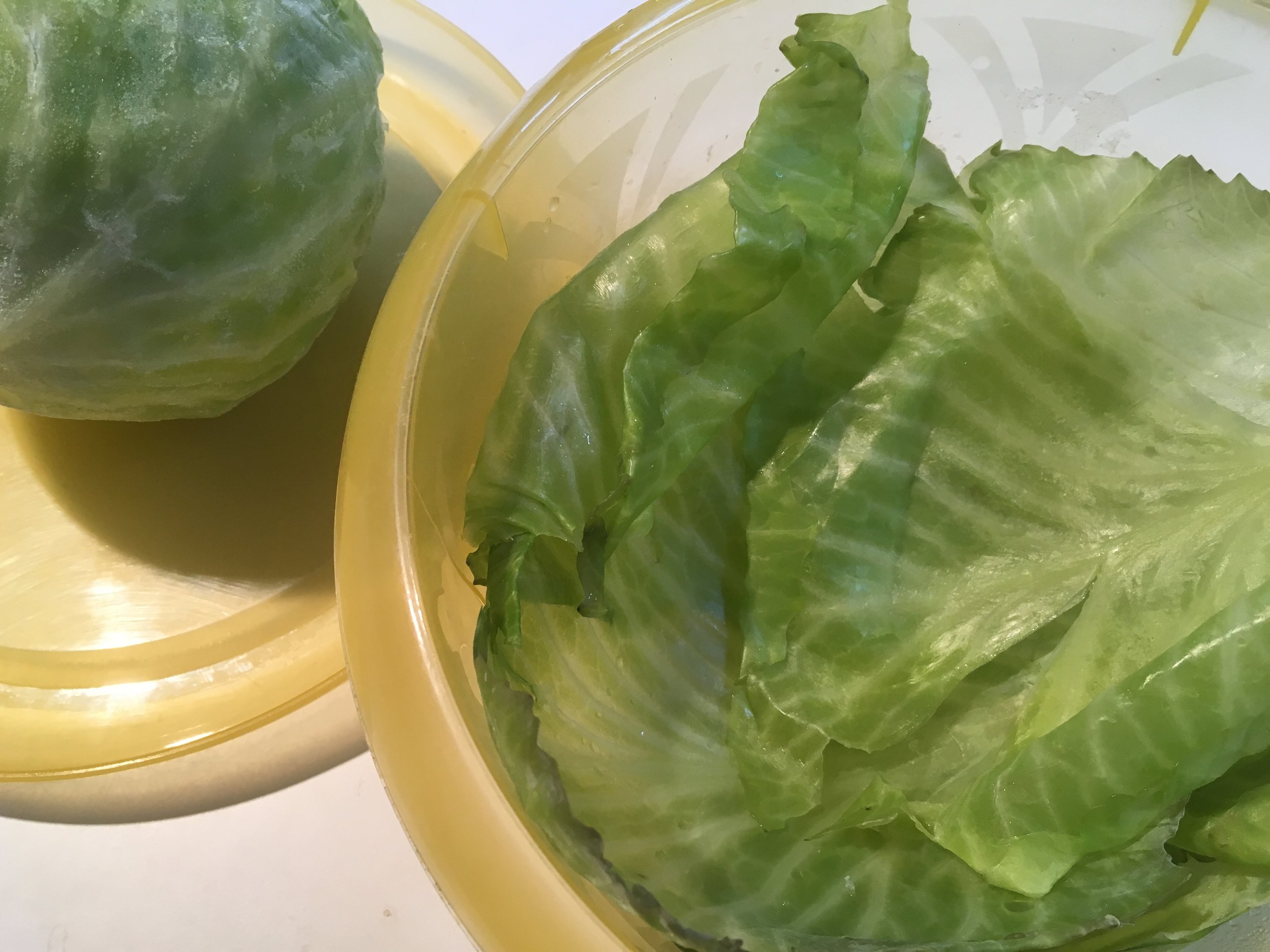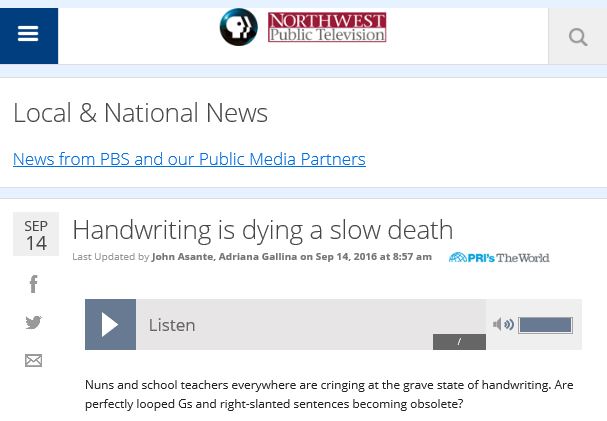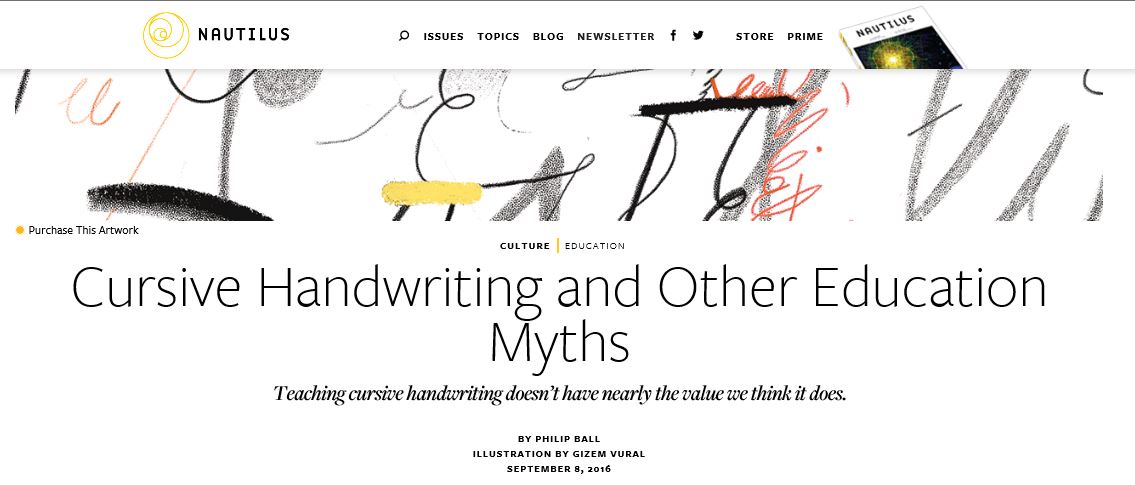Gramm's Banana Bread • Safiya Oni Brown
Bretty Rawson
A Note from Curator Rozanne Gold: Allison Radecki first met Safiya Oni Brown during a baby-wearing workshop for new moms with wriggly infants in their arms. Allison, with her newborn Tabitha, sat in a circle while Safiya, a holistic health counselor and child whisperer, demonstrated how baby-wearing could calm even the crankiest kid into a happy state. Years later, their paths crossed over a kombucha drink that Safiya had prepared, and Allison asked for a healthy recipe for the New Year. Gramms’ banana bread was reborn. Her original is here (prepared and photographed by me), along with Safiya’s update. I love the verve of Safiya’s powerful penmanship, and of the story told.
BY SAFIYA ONI BROWN
This recipe was given to me by my Gramms, Cecilia Sylvester Jett, who, after my husband, was my favorite person in the world. Gramms, my mother’s mother, was an amazing cook. But after becoming a vegetarian, she focused more on health and less on aesthetics, and in later years was known for her nut and celery loaf (a holiday favorite), and her famous banana bread.
Gramms was born in Detroit and enjoyed clipping recipes from the Sunday Detroit Free Press. Because we are a family of foodies, she often invited me to her room to explore a recipe she found in the paper. I remember going through the Betty Crocker Children’s Cook Book, from which I made every recipe that did not involve meat.
My parents became fascinated with health and nutrition after visiting a Seventh-day Adventist Church in the early 1970s. They switched their diets almost immediately, and when they returned to Michigan, my Mom was glowing with all the knowledge she had accumulated. It made sense to both of my uncles who were in the medical field, and they became vegetarians, too.
Gramms was beautiful. She carried herself with authority and lent a helping hand to many people, whether they were renters at her different properties or just folks in her neighborhood. She was a social worker while raising her seven children. She cherished everything involving her grandchildren. Until I was ten, she gathered all thirteen of us to enjoy at least a week together as a family, going on trips and spending holidays at her house.
For decades, I kept her recipe for banana bread on top of my fridge, hidden, so that it didn’t get lost. The original recipe, from the Detroit Free Press, is scribbled in my own writing. I took it down during a phone call to Gramms before one of the many dinner parties I loved to throw in high school and college.
This banana bread was the spark-plug for a small business idea that generated extra money after college. I also used her recipe as a base for zucchini-and-carrot spice bread that became a great seller as part of a line of all natural, organic sweet breads. I sold them to juice bars, cafes, and all-natural eateries. Eventually I gave this up because it was lots of work and barely profitable, but it was fun, and certainly a wonderful connection to my grandmother. It spurred me to study at the Institute for Integrative Nutrition.
In addition to the intoxicating perfume of the wonderful banana bread that would waft from her kitchen, I am reminded of another favorite fragrance as I write this: that of sun-warmed tomatoes, straight from her garden. We would eat them sliced in sandwiches, lightly salted and peppered, with a farm-fresh egg on Ezekiel bread. No doubt, these vivid memories informed my career choice later on — linking food and well-being.
Gramms died when my son, who is now 8, was just six months old. She was on her deathbed when I got a frantic call from my mom. She feared Gramms would die before I could see her. That night we drove nine and a half hours to Detroit to share her last moments. As I gently performed reiki on her frail body, I could feel all of the hurt and gnarled memories evaporate. She died in peace seven minutes later.
I now make Gramms’ banana bread during winter holidays but also whenever I want to bring an edible gift somewhere. The reaction is the same every time: “OMG this is so good, can I please have the recipe?”
Here it is. And, Happy New Year.
Safiya’s Banana Bread
Ingredients:
½ cup whole wheat flour or spelt flour
½ cup flax meal
½ cup oat bran
1 teaspoon baking soda
¾ teaspoon fine sea salt
½ cup organic butter (at room temperature)
8 tablespoons date sugar
1 egg
1-¼ cup mashed bananas
¼ cup organic yogurt
8 tablespoons date sugar
Directions:
Preheat oven to 350 degrees.
In one bowl, mix all the dry ingredients together first five ingredients. In another bowl blend together the butter, date sugar, and egg. Mash bananas, measure yogurt and set aside. Alternate mixing the creamed sugar mixture, mashed bananas, and the yogurt into the flour mixture until the batter is incorporated. Pour mixture into an ungreased 9 x 5 x 3 in. loaf pan. Bake 50 to 60 minutes. For muffins, bake 30 minutes.
Suggestions: Add 1 cup of crushed walnuts. When bananas become too bruised, throw them in the freezer for your next batch of banana bread.
Safiya Oni Brown is a Quantum Healer, Whole Food Family Counselor, Child Whisperer, Universal Life Minister, Baby-Wearing Aficionado, Fermentation Expert, Holistic Health Counselor and the Co-Owner of Quantum Kombucha & Dr. Brown’s Healing Water. She specializes in stress reduction, illness recovery, and natural family rearing through whole food preparation, fermentation, and Quantum healing. For more information on Safiya visit www.radiantalchemy.org



















